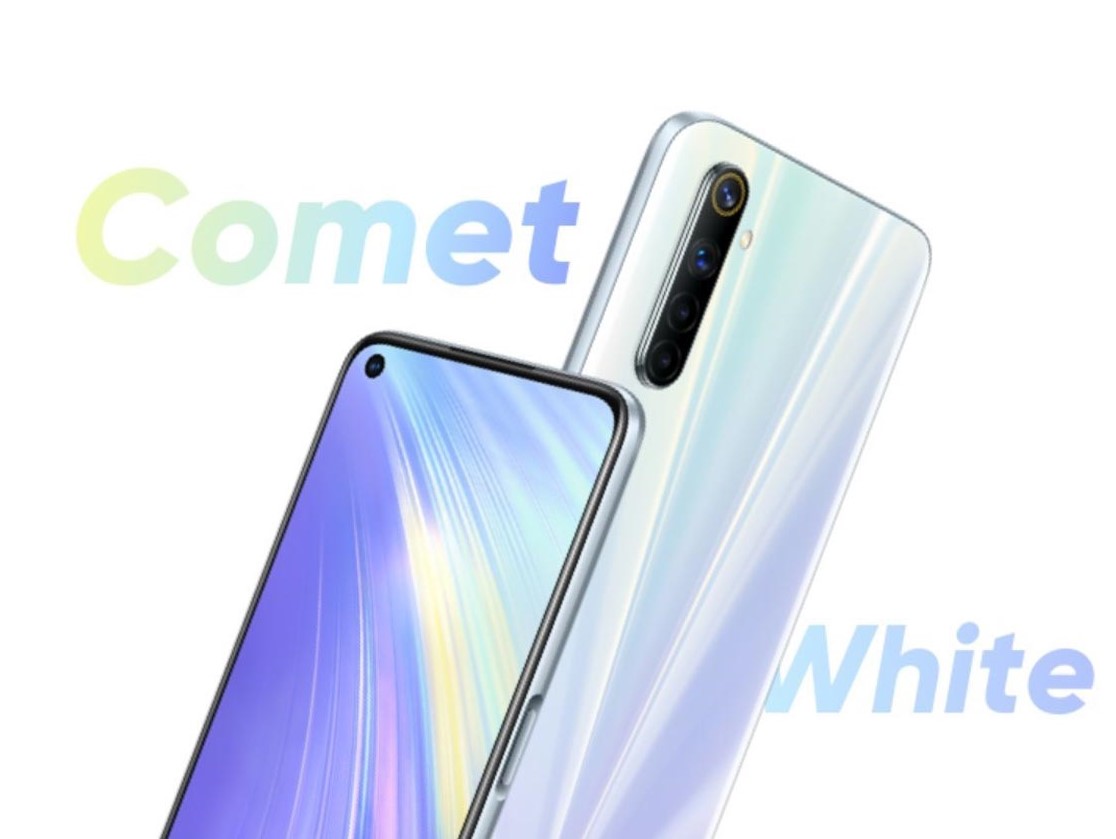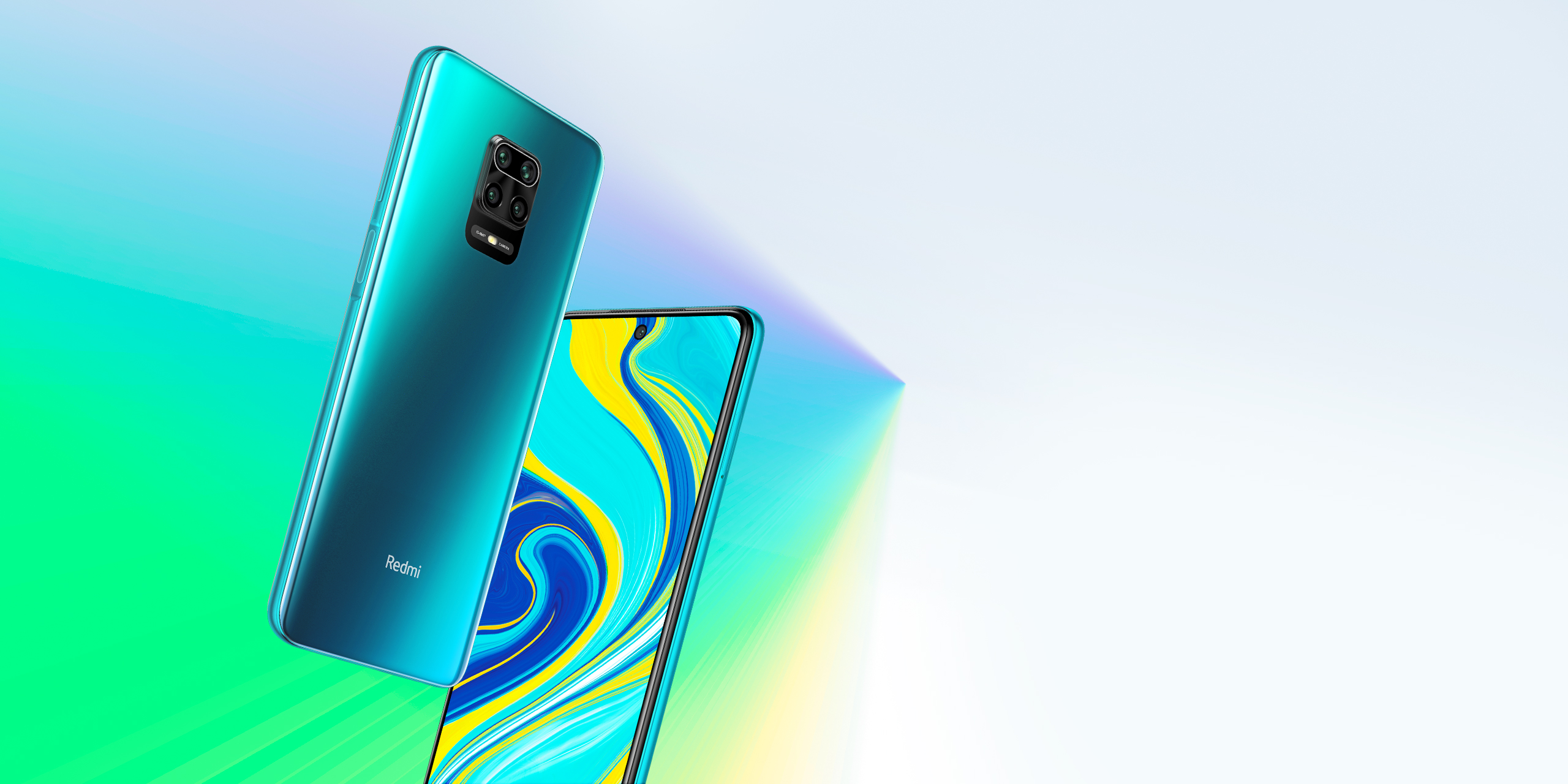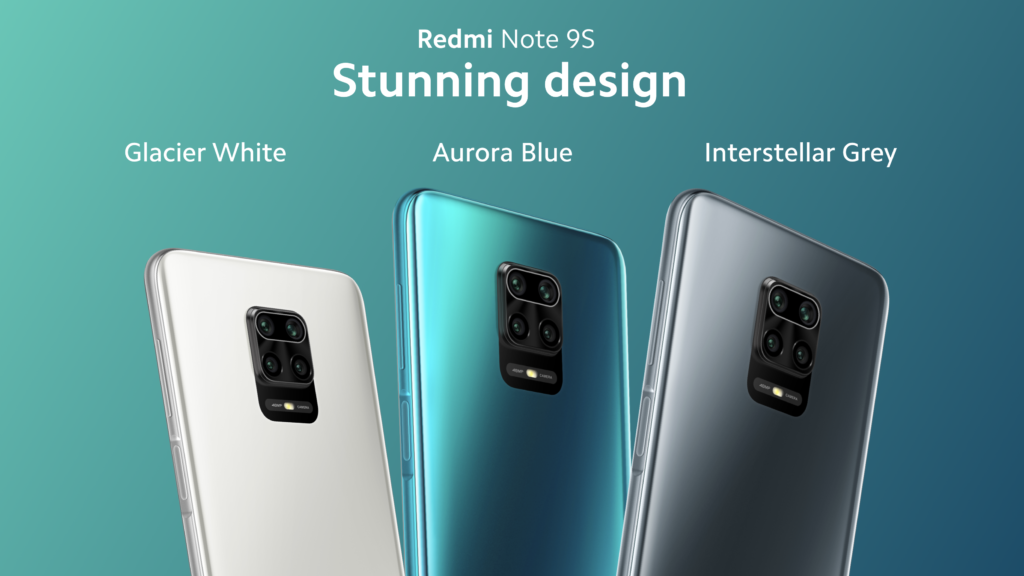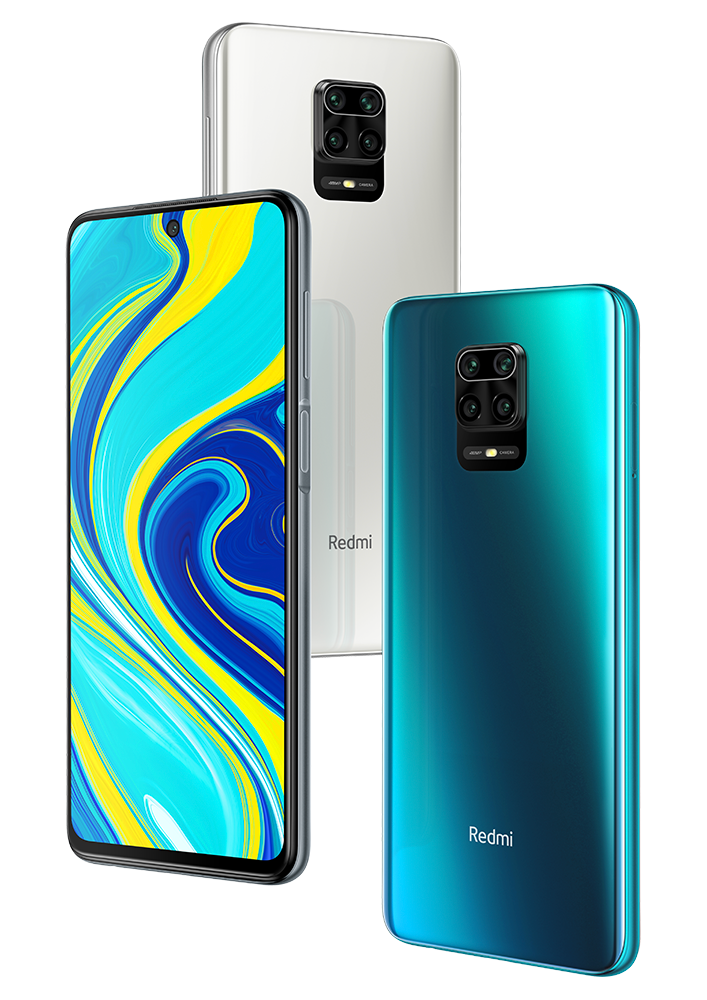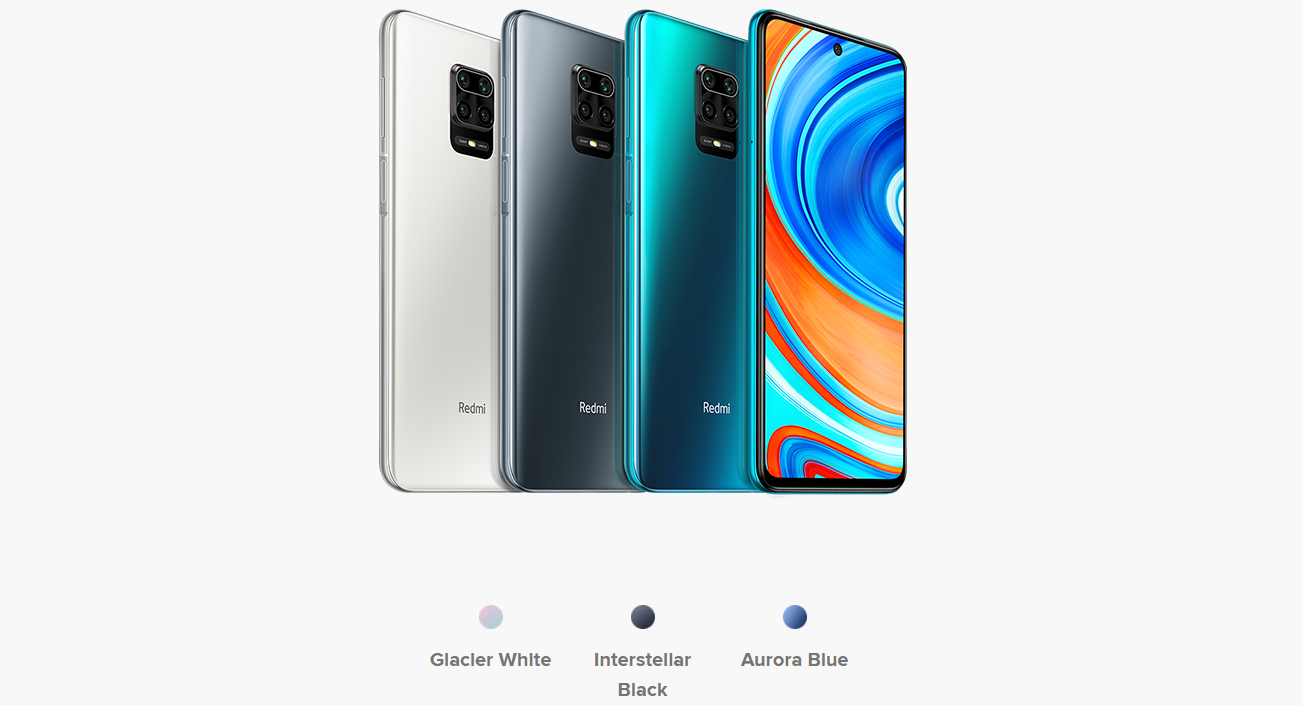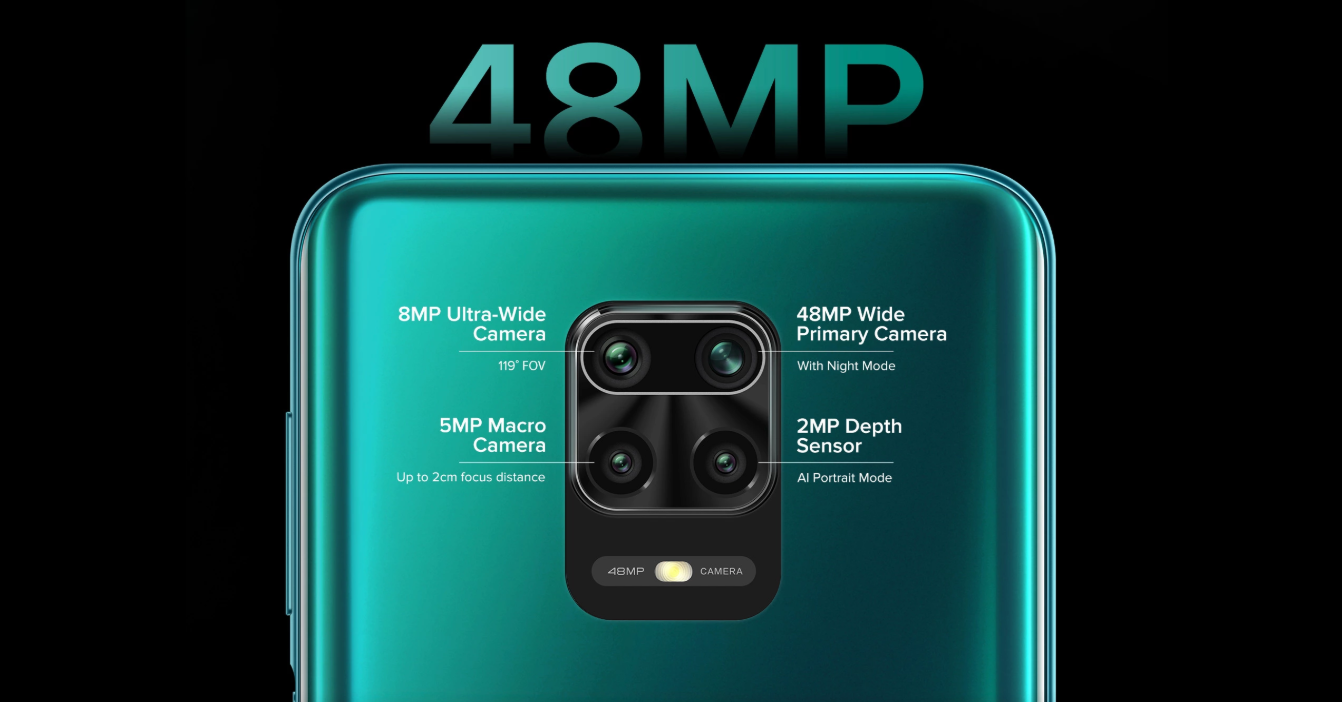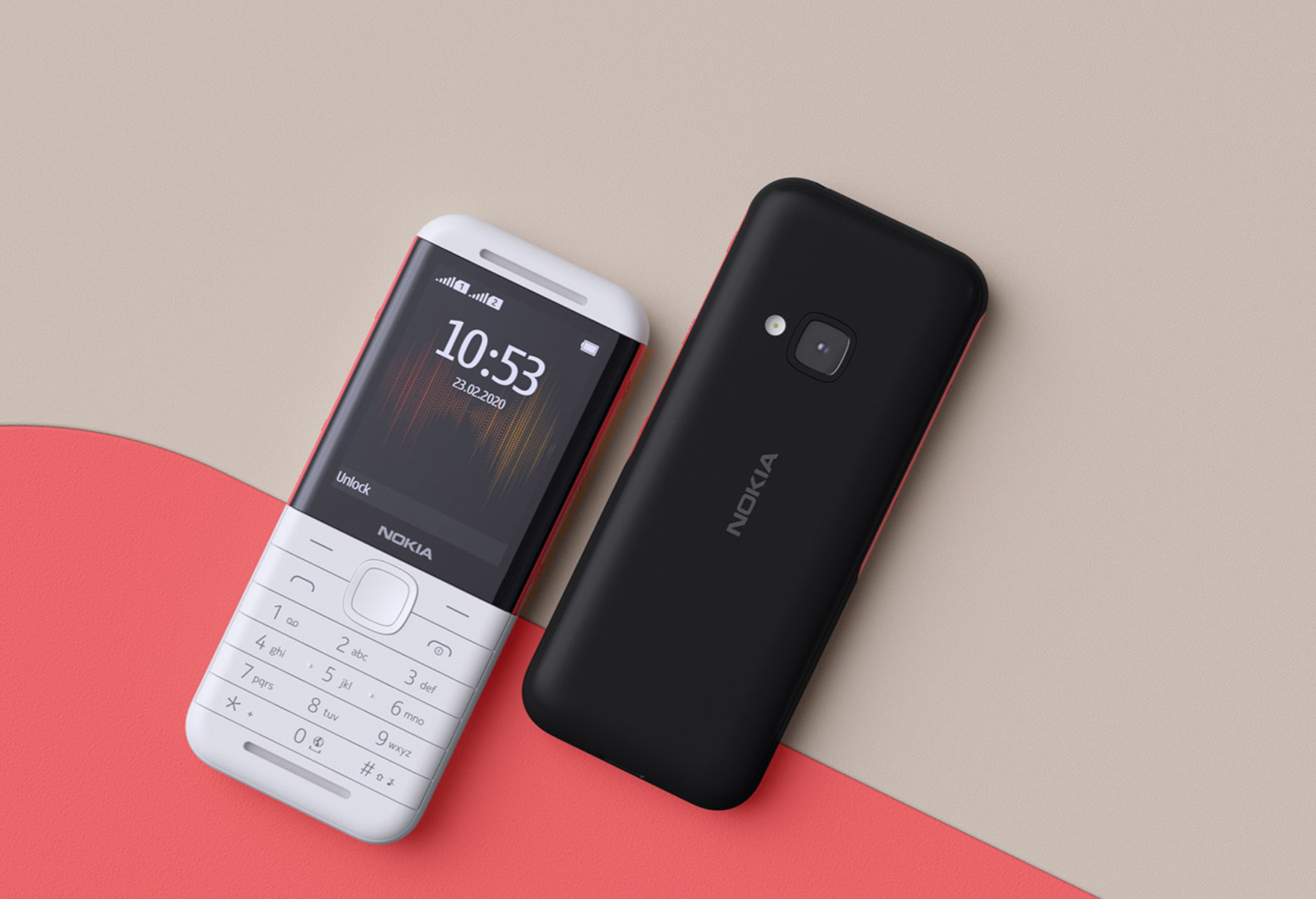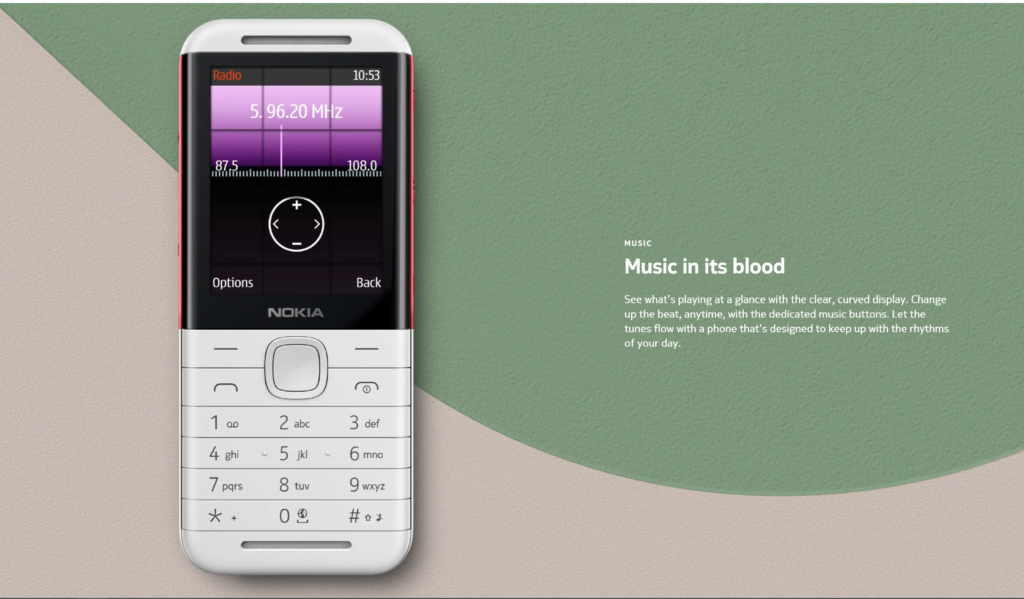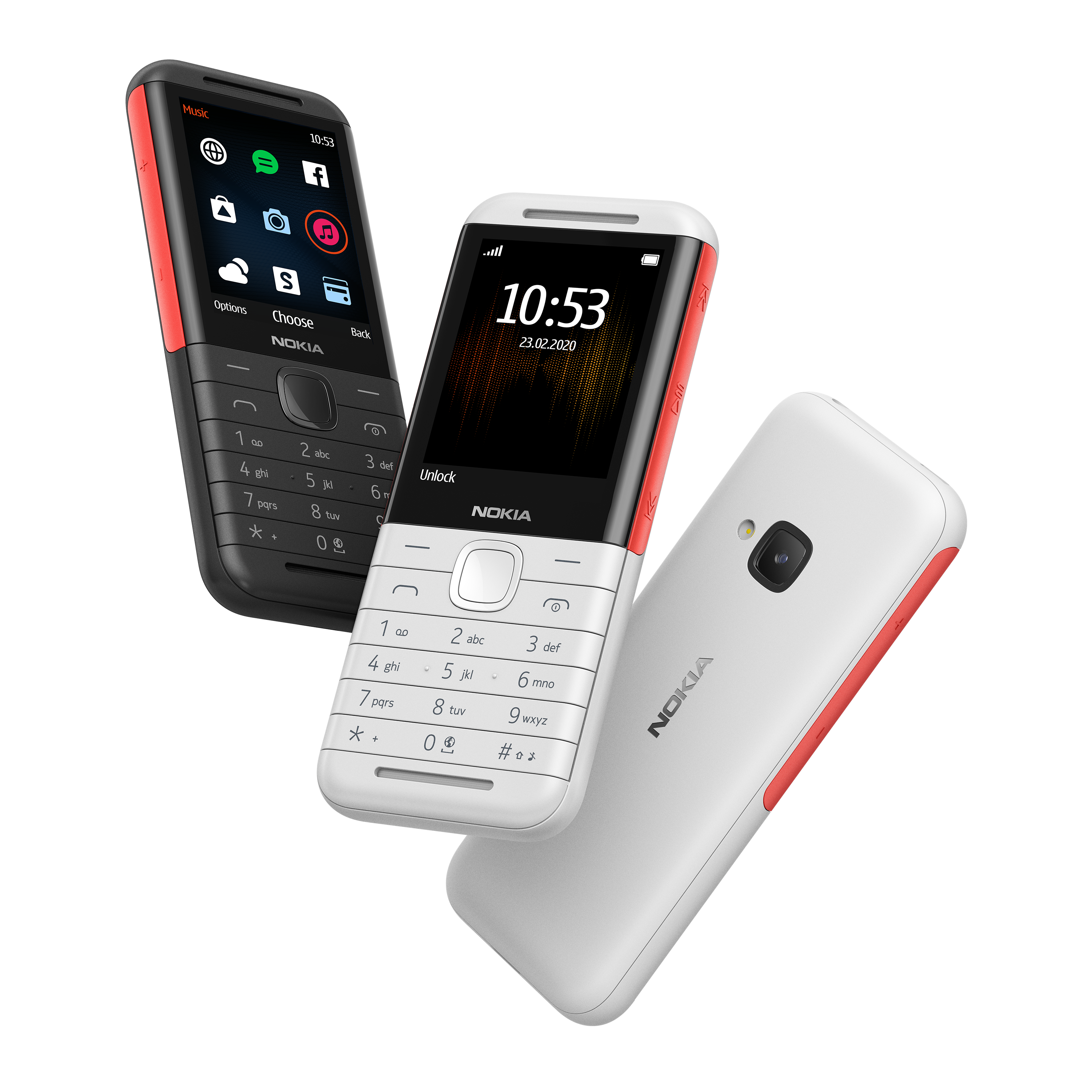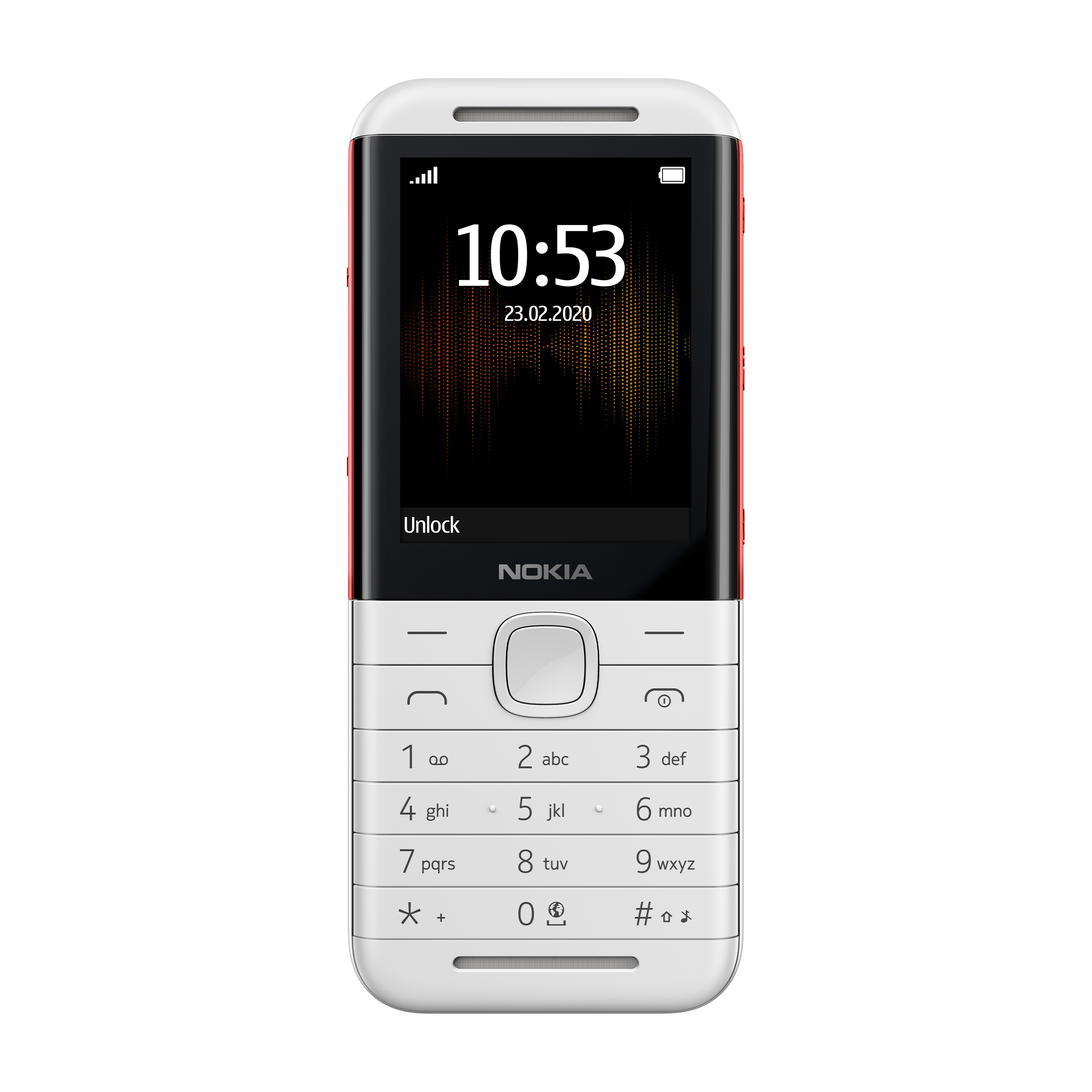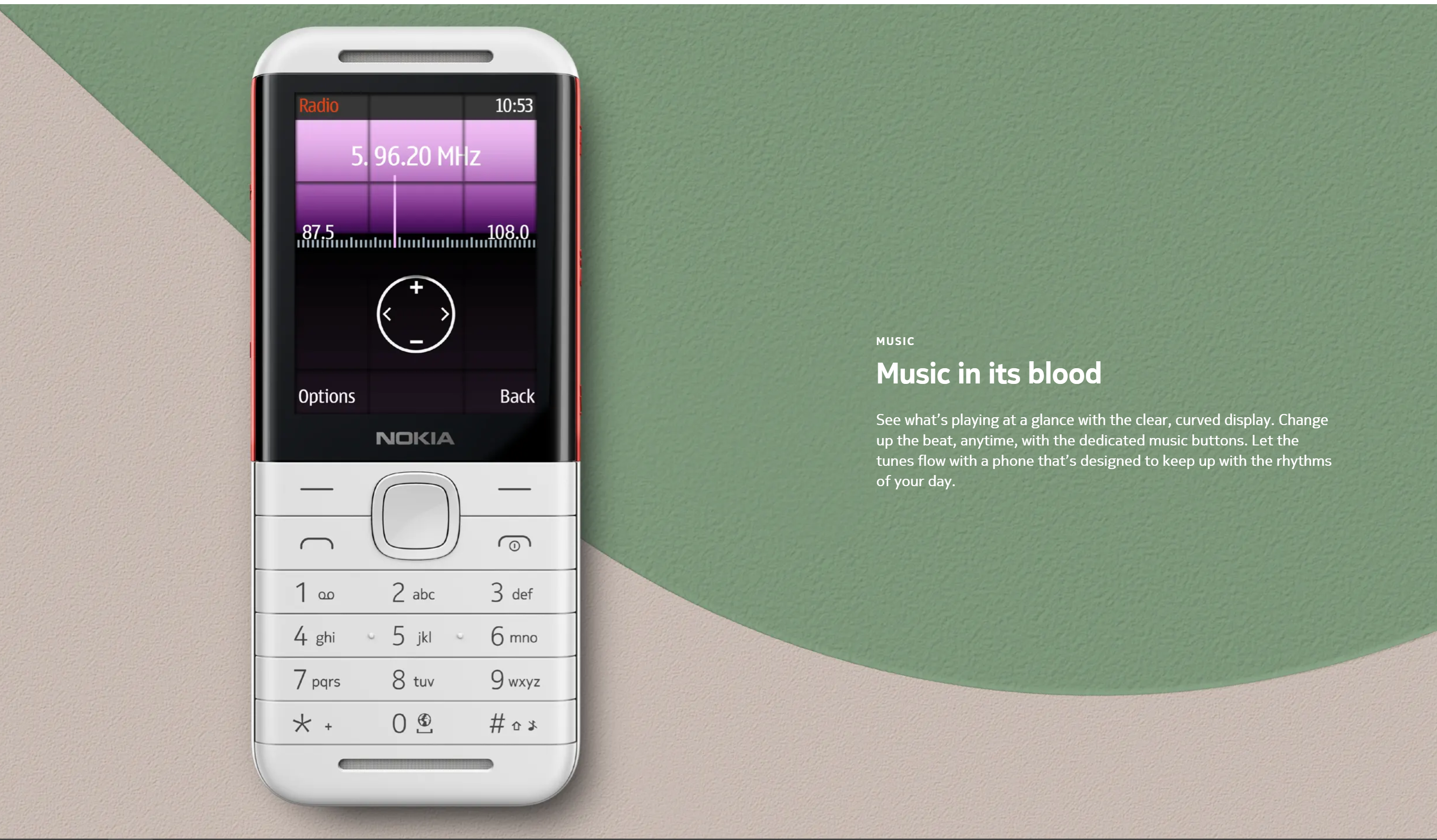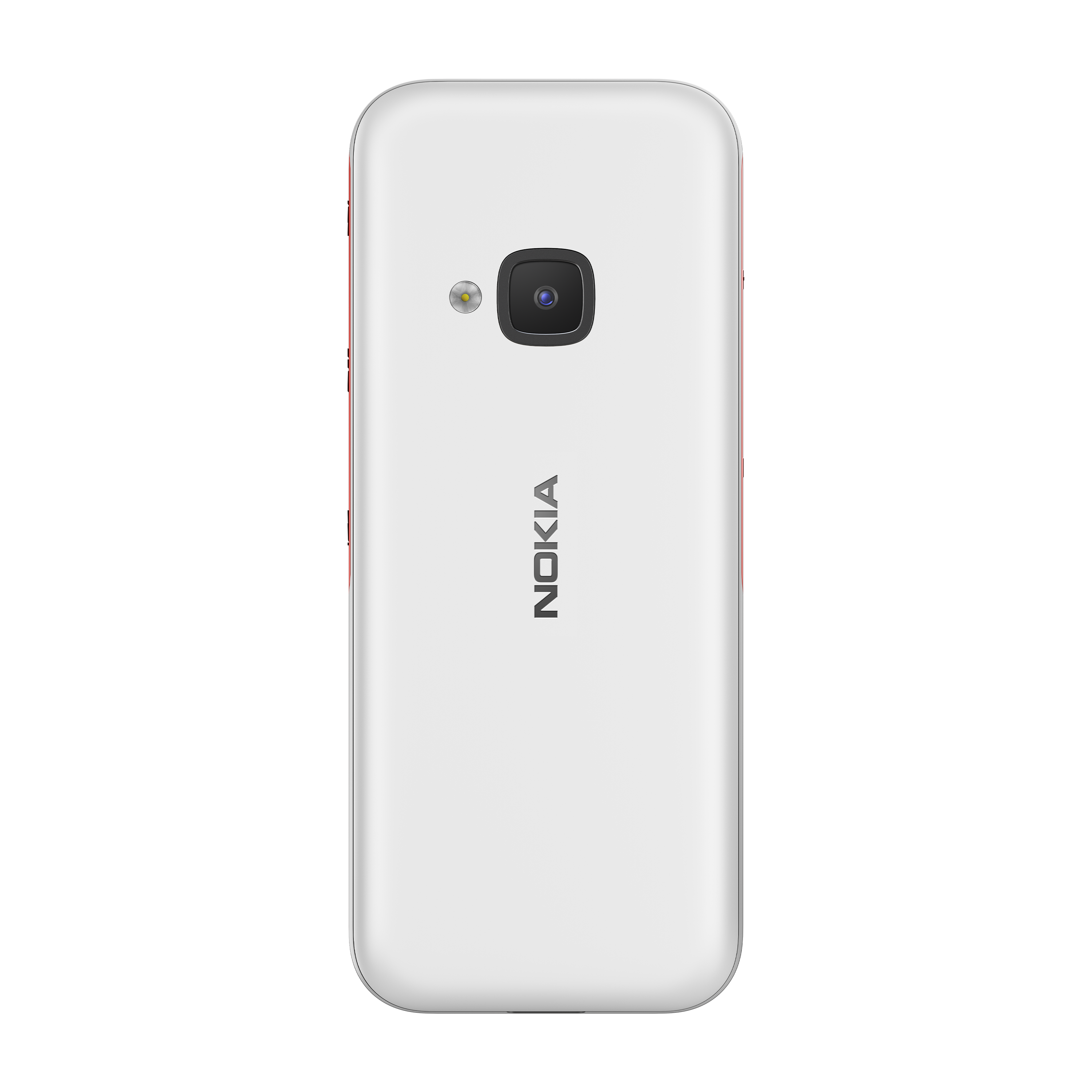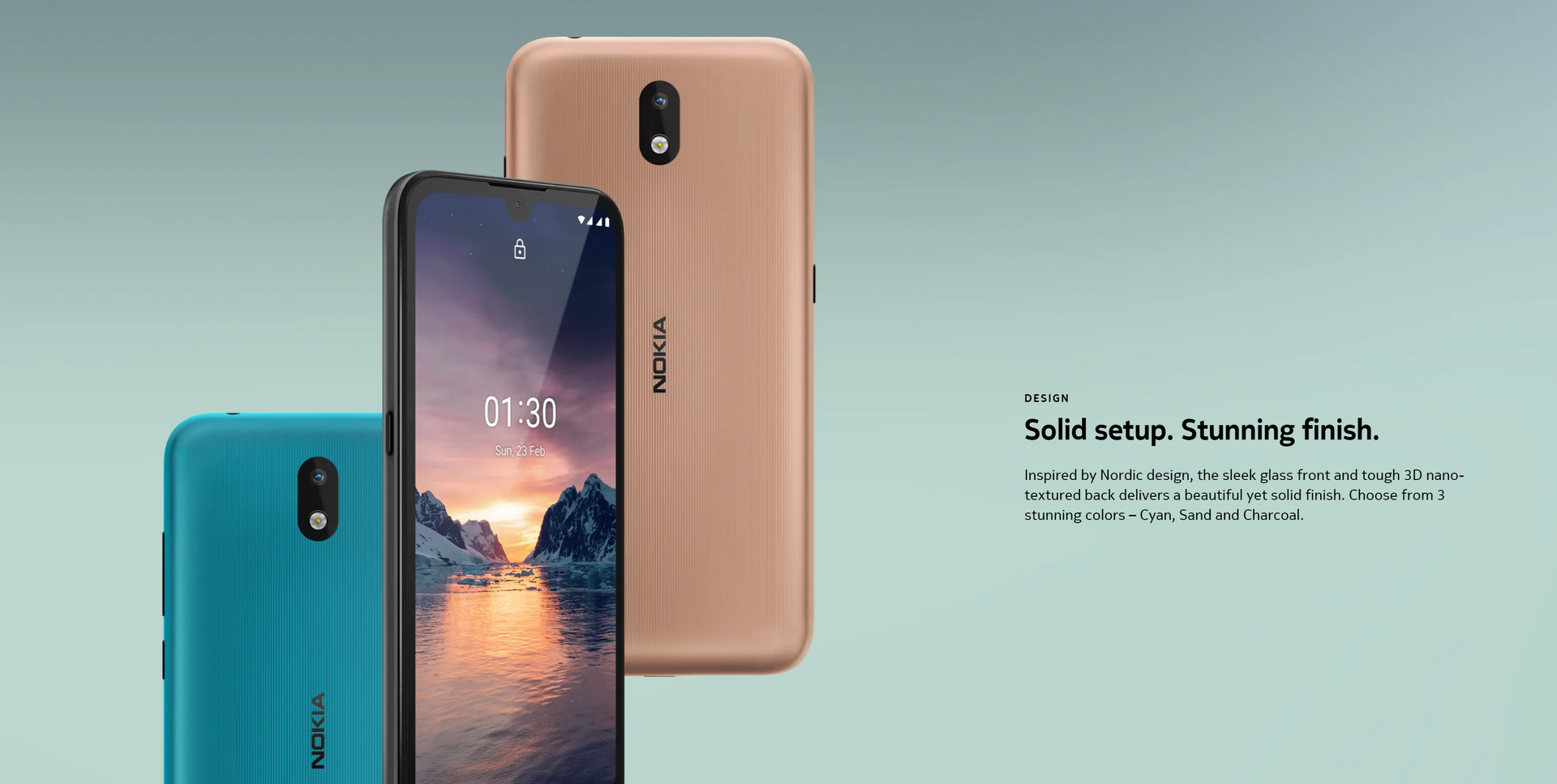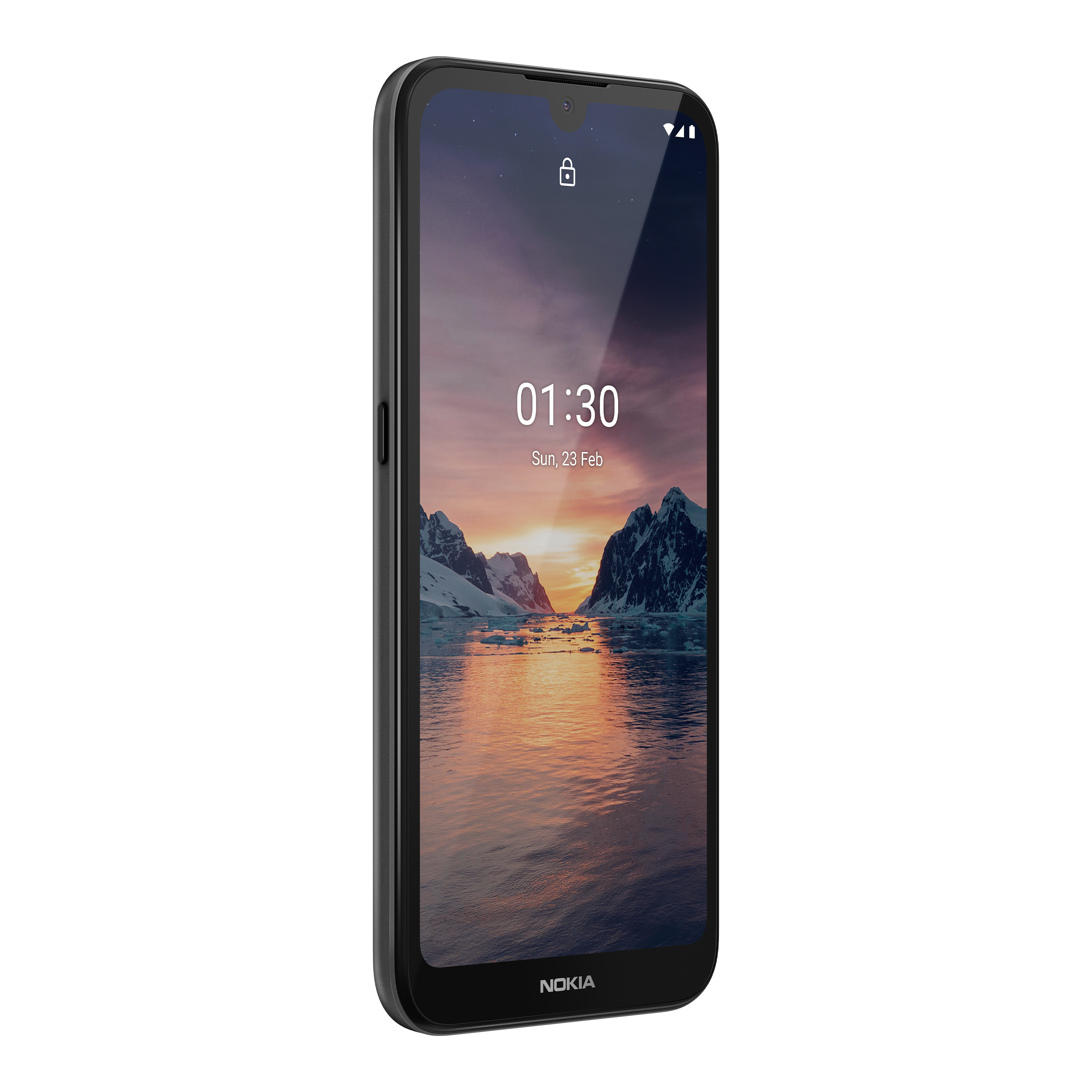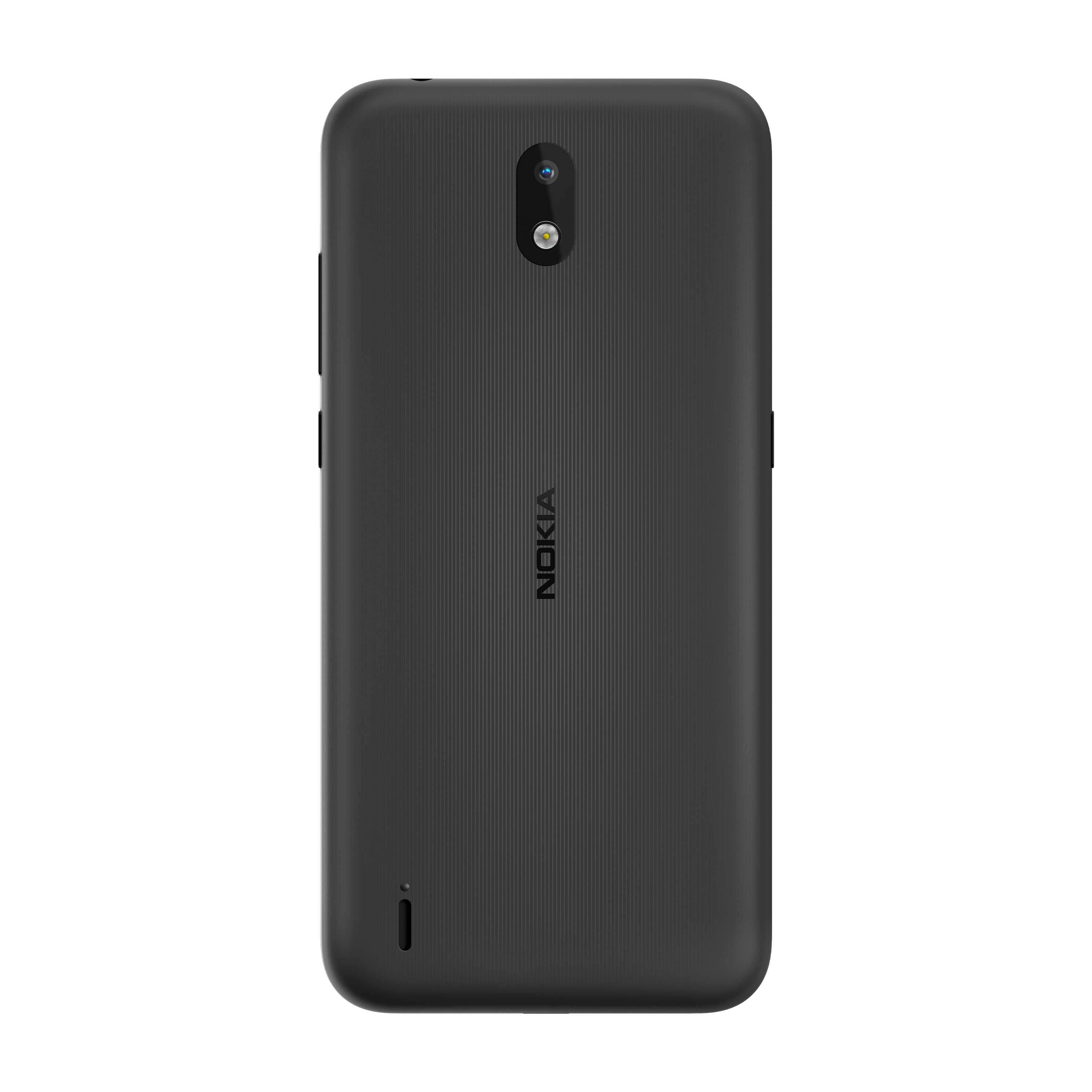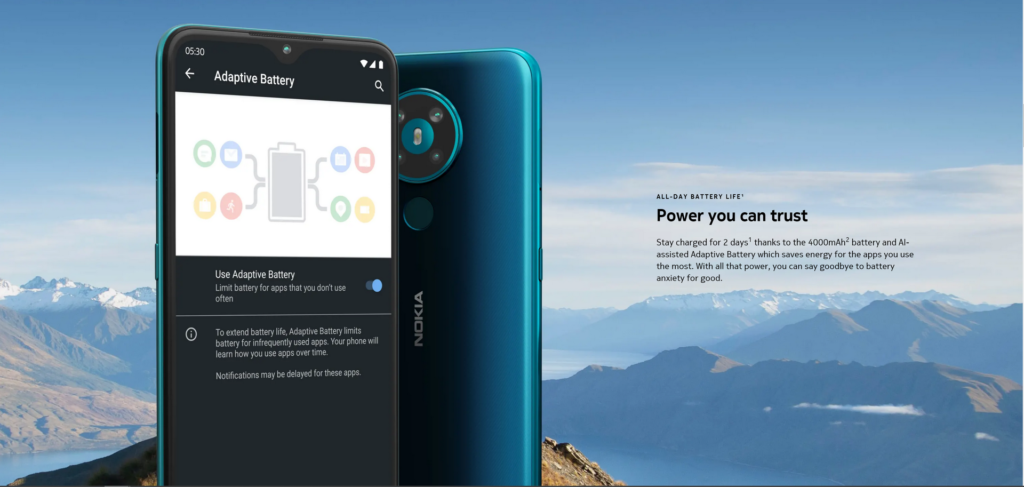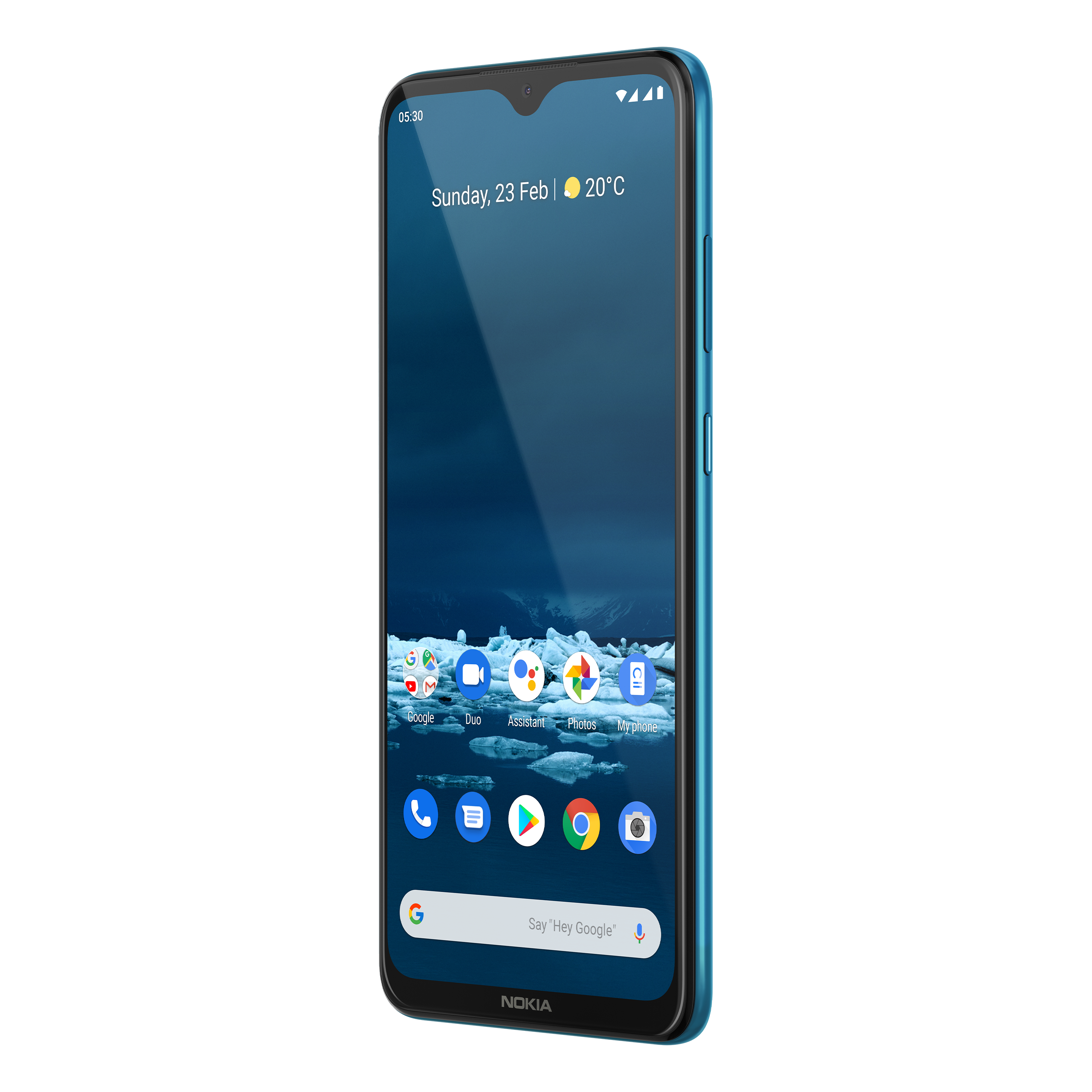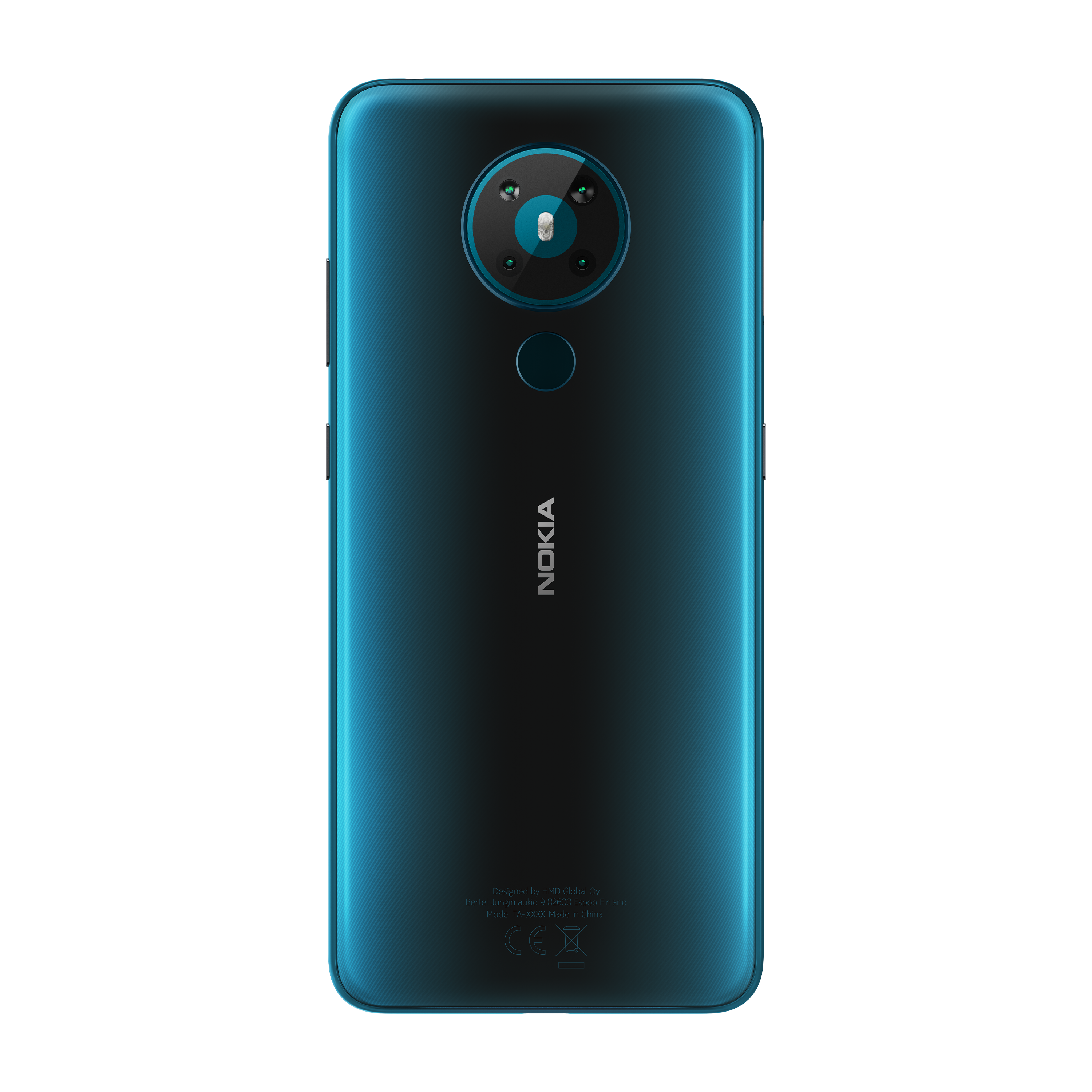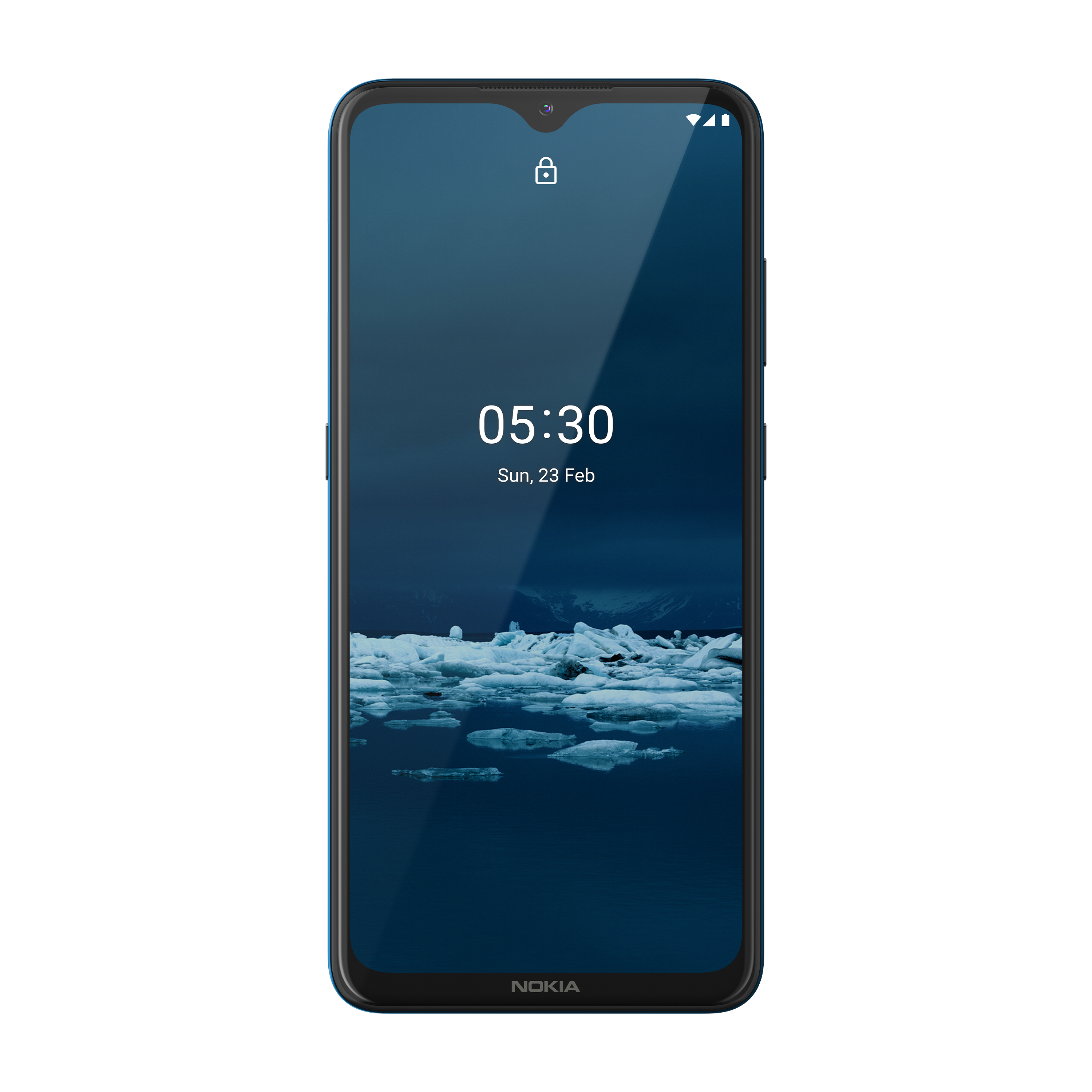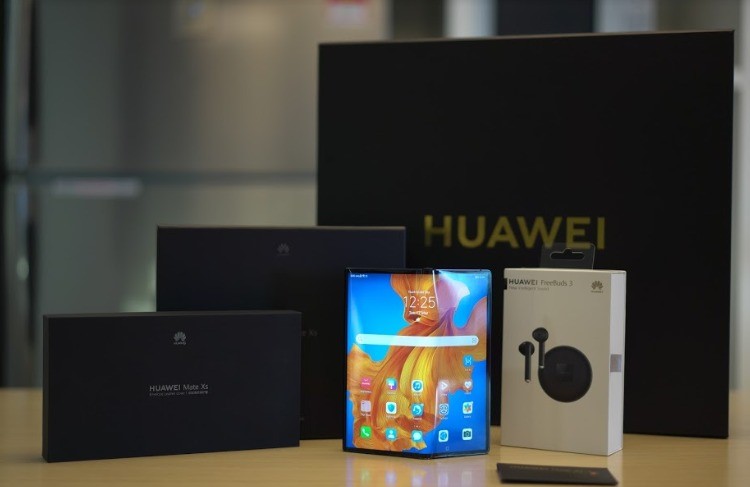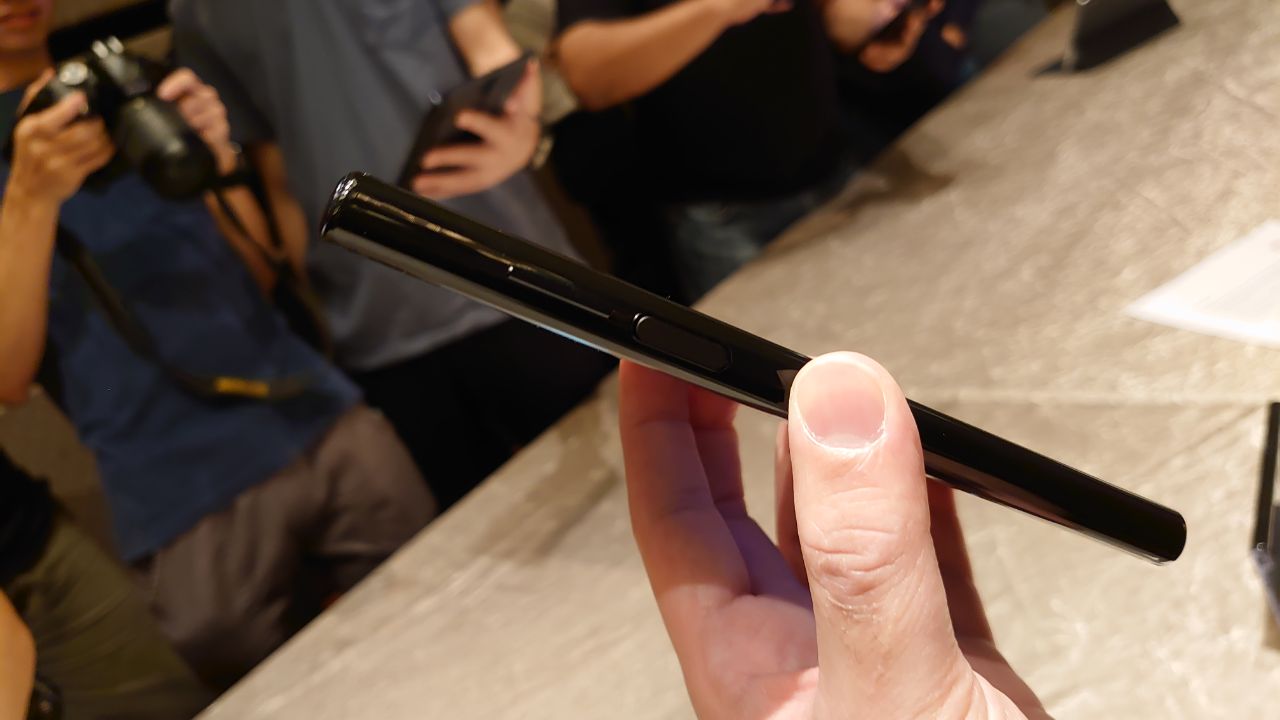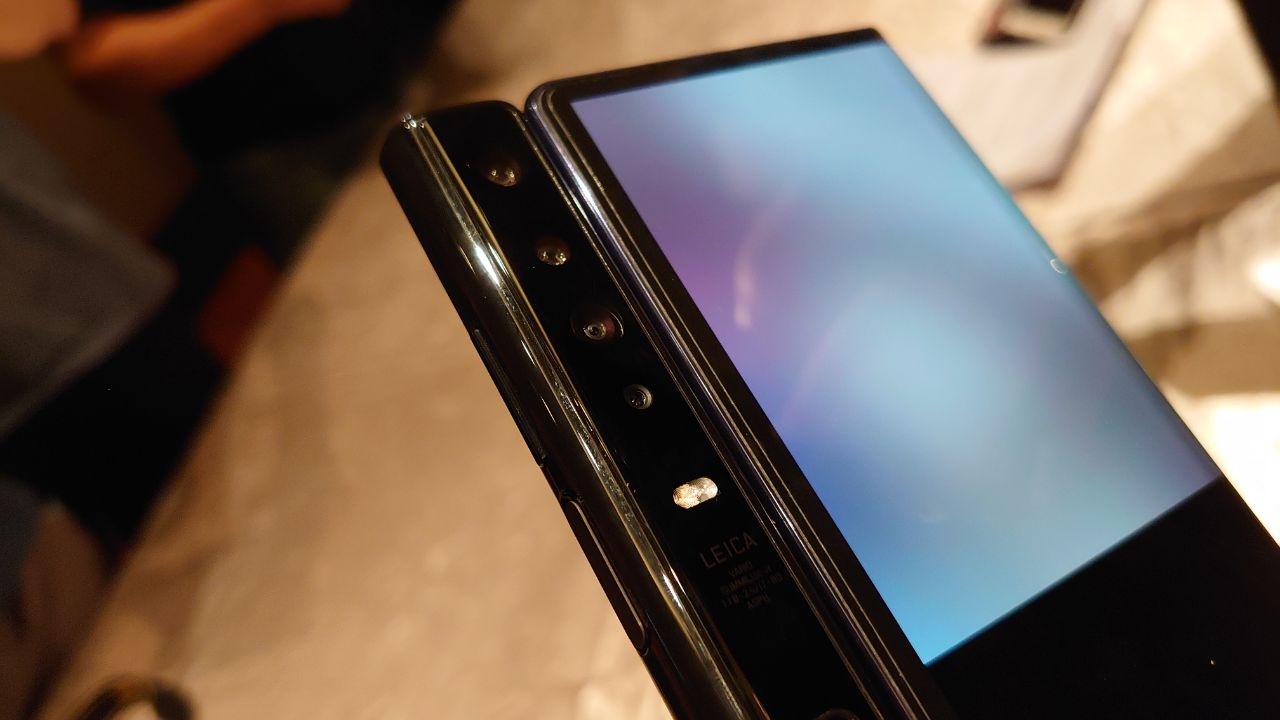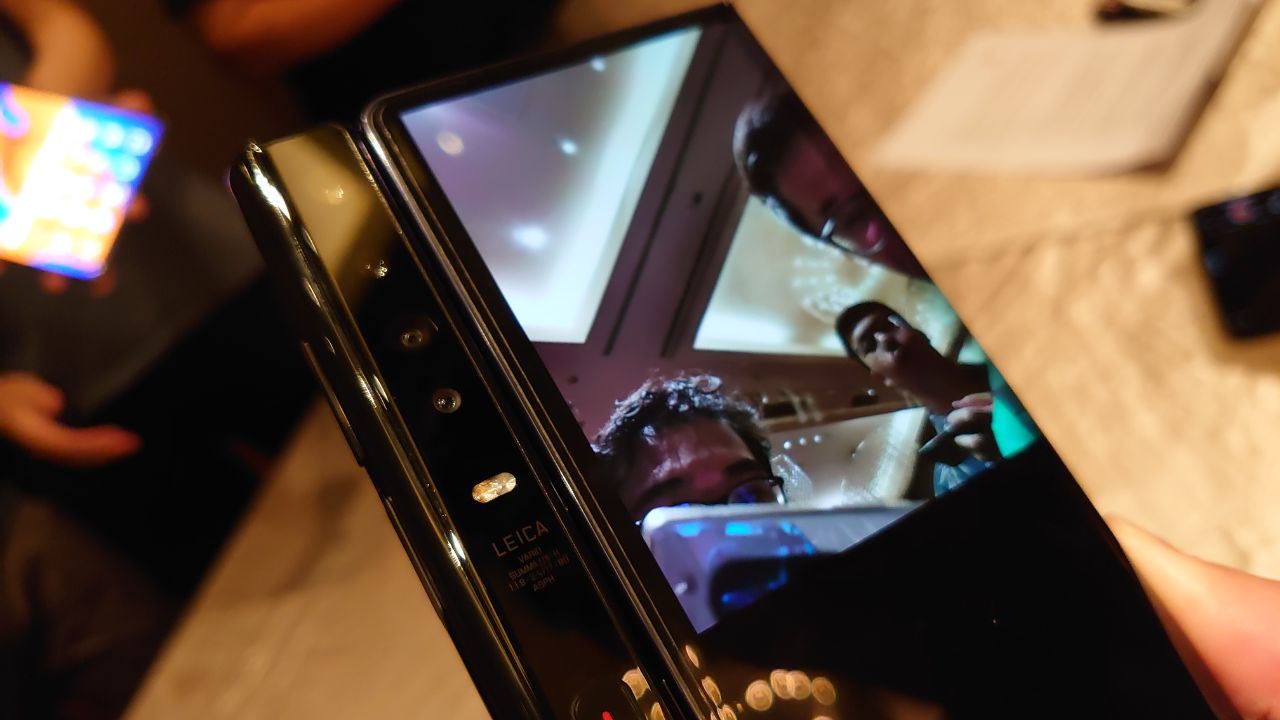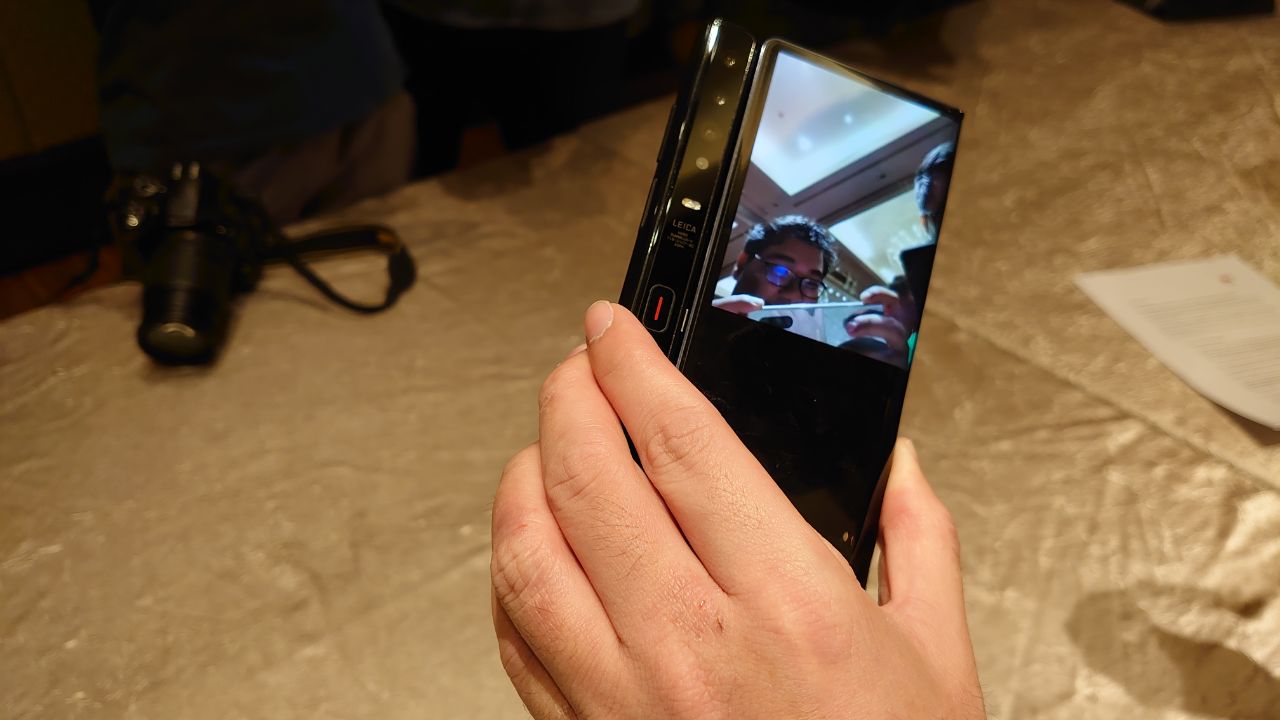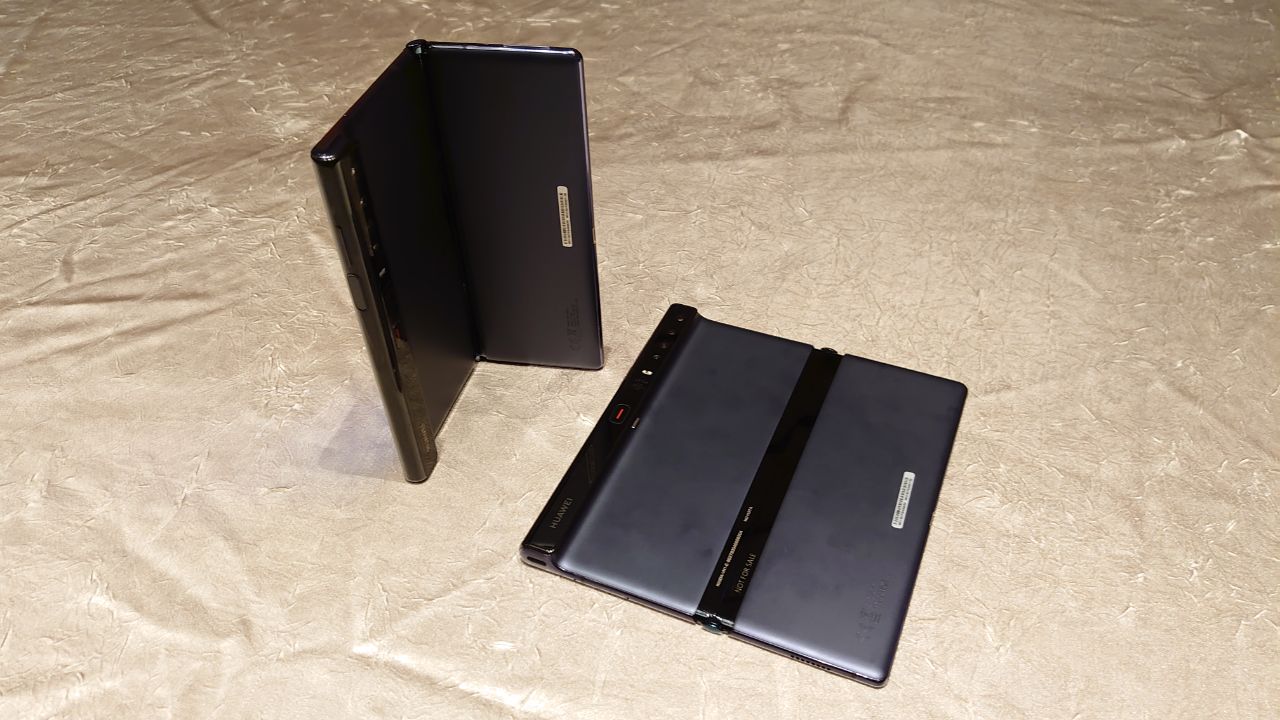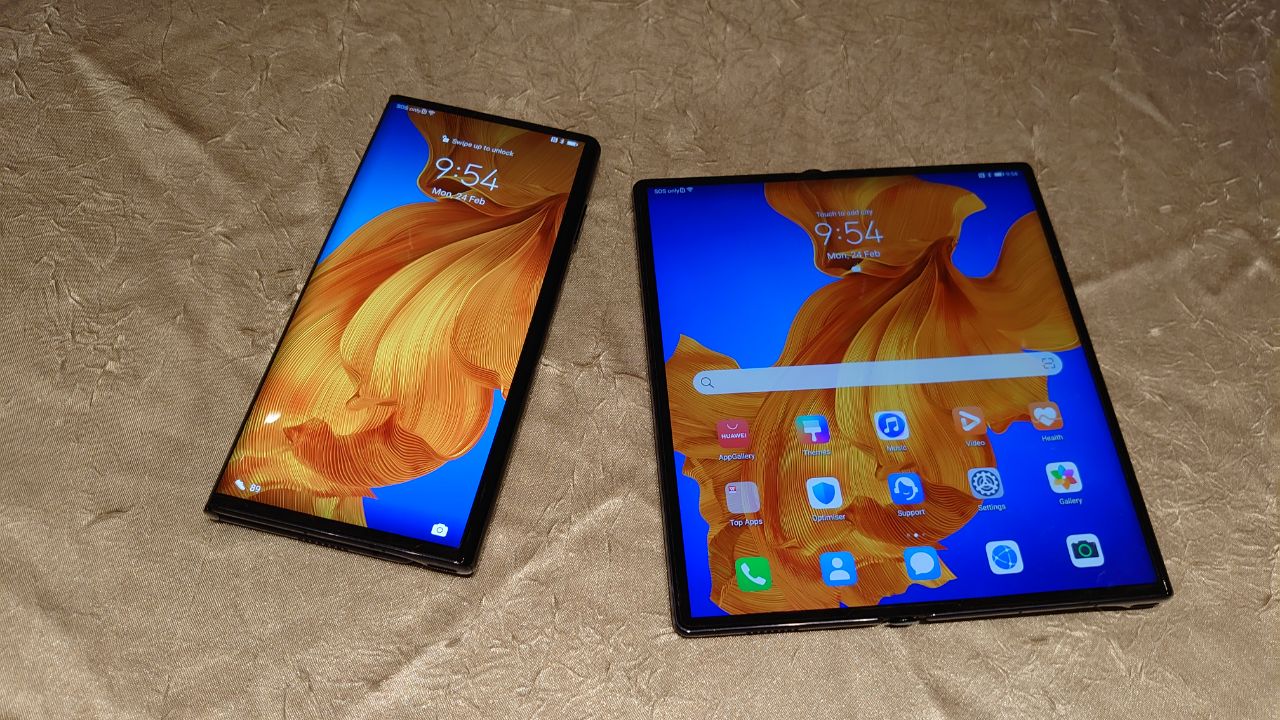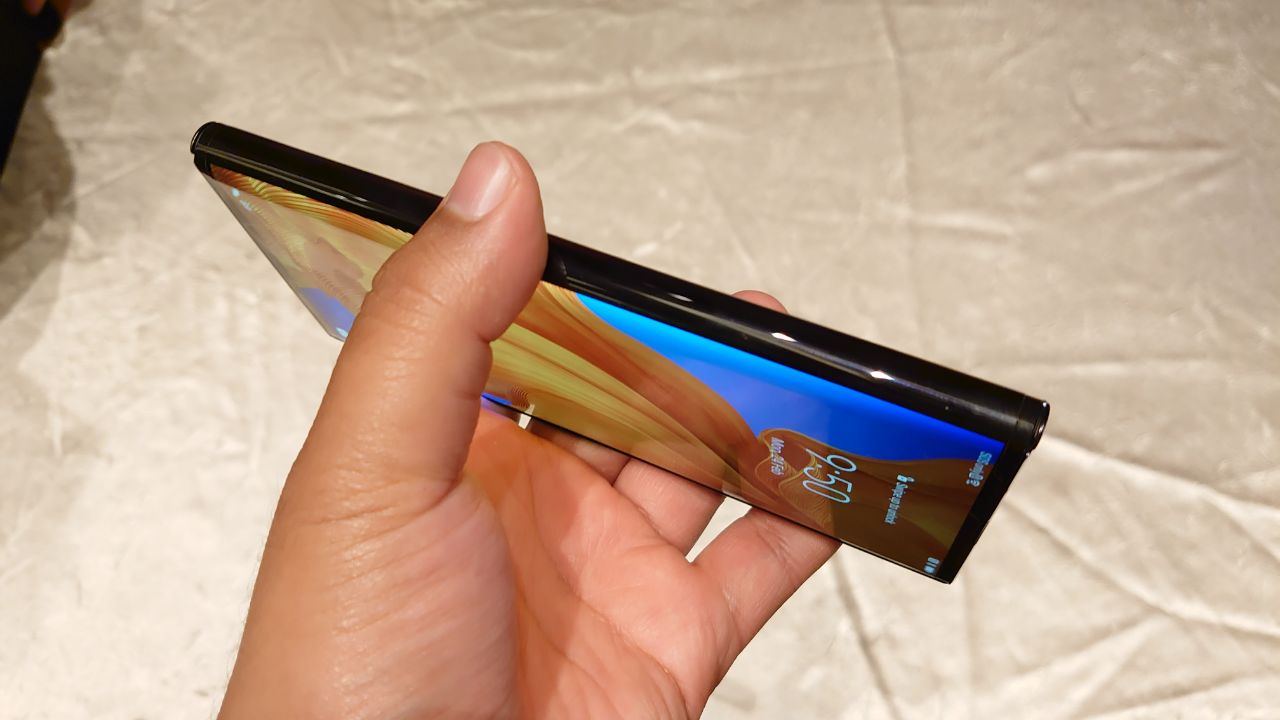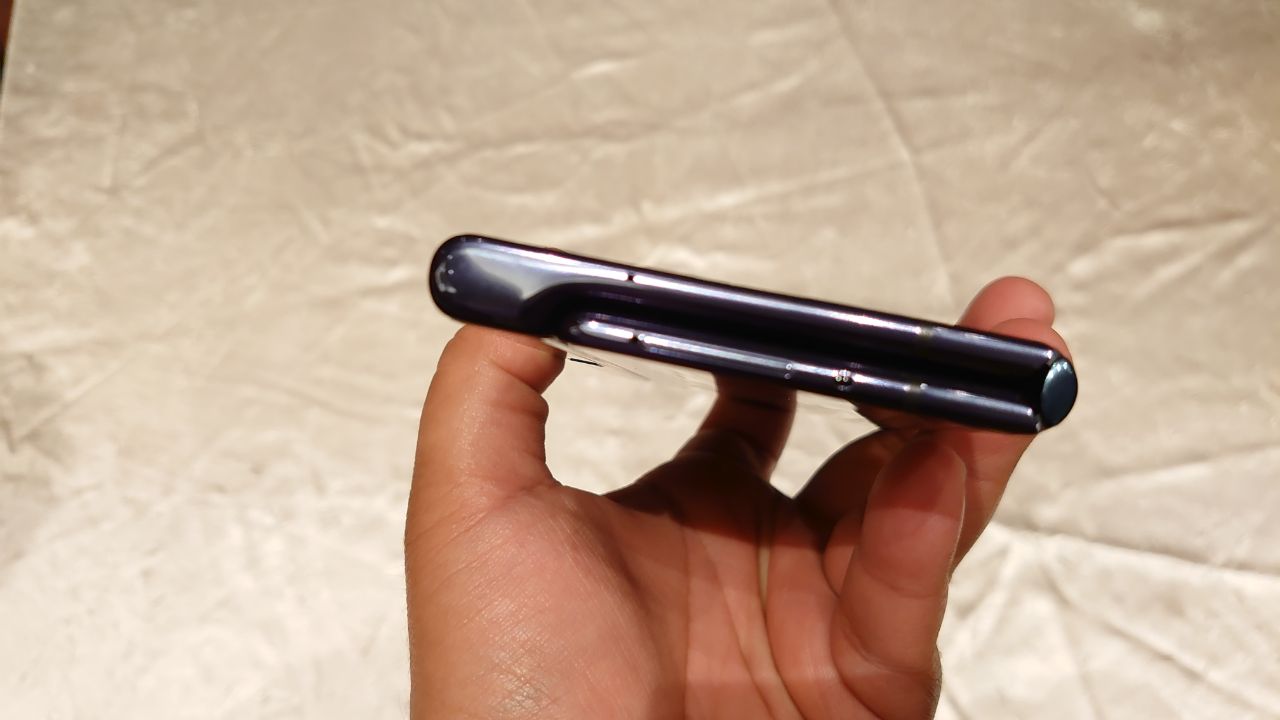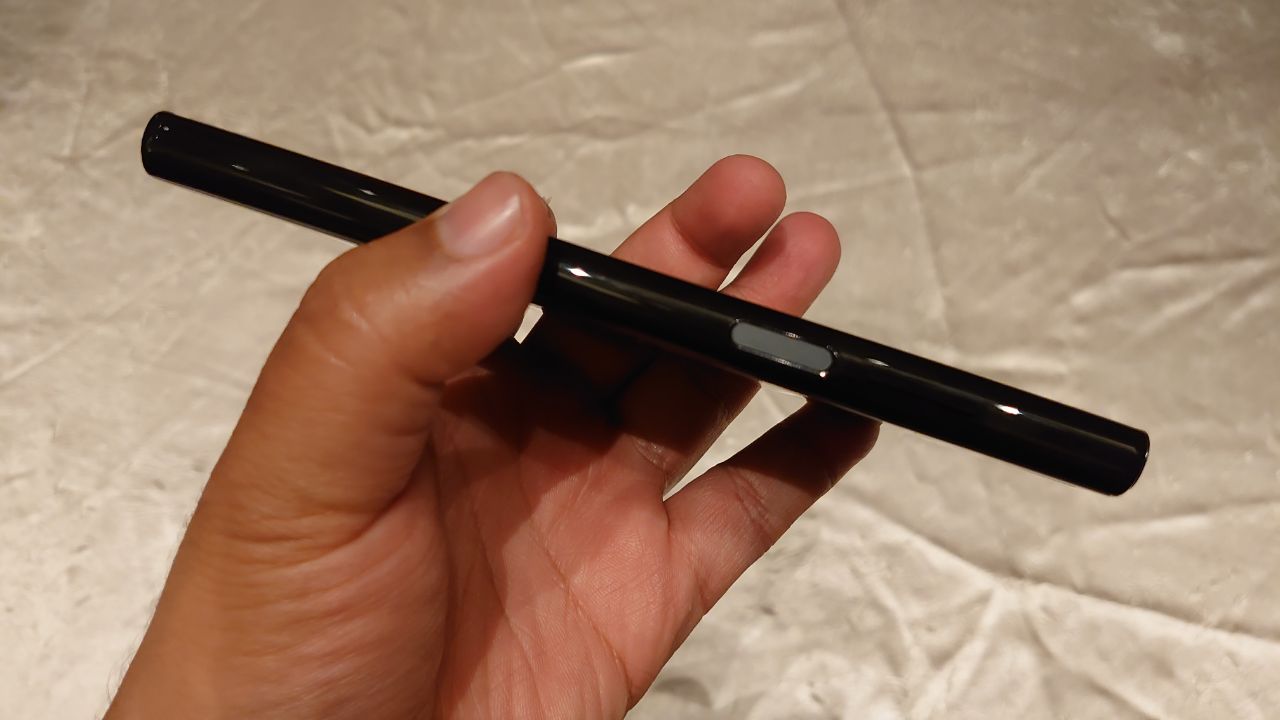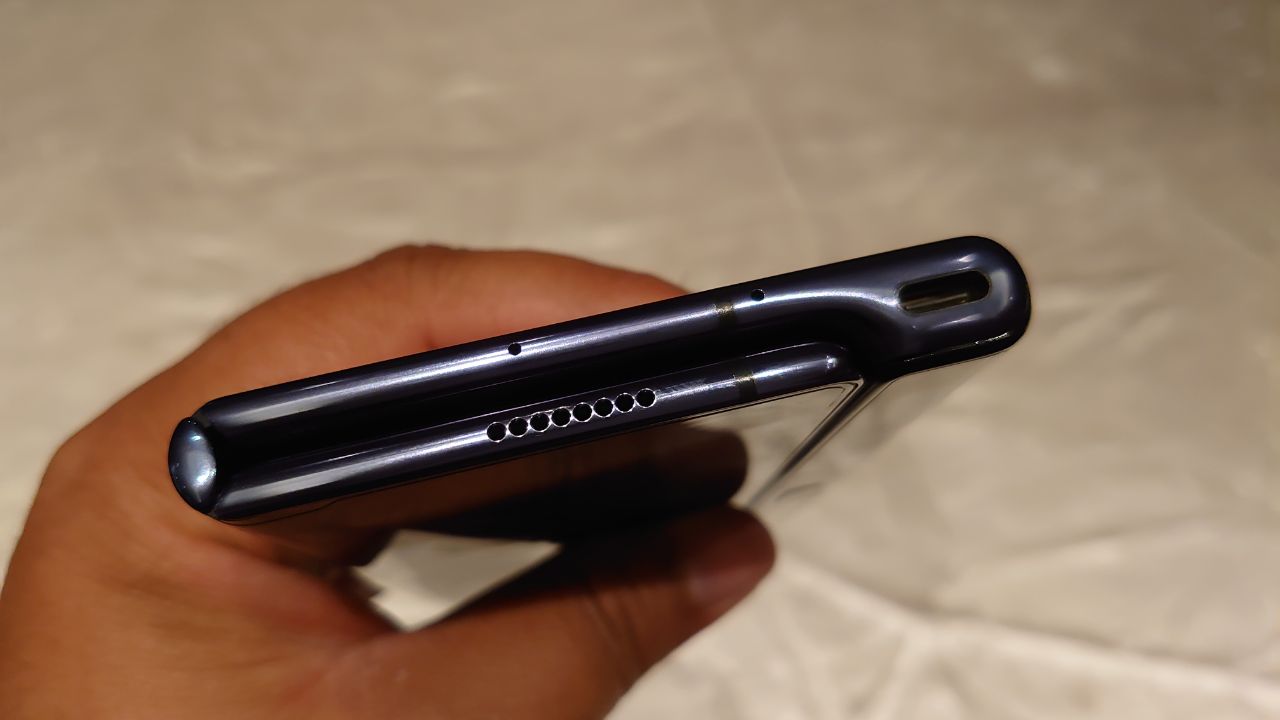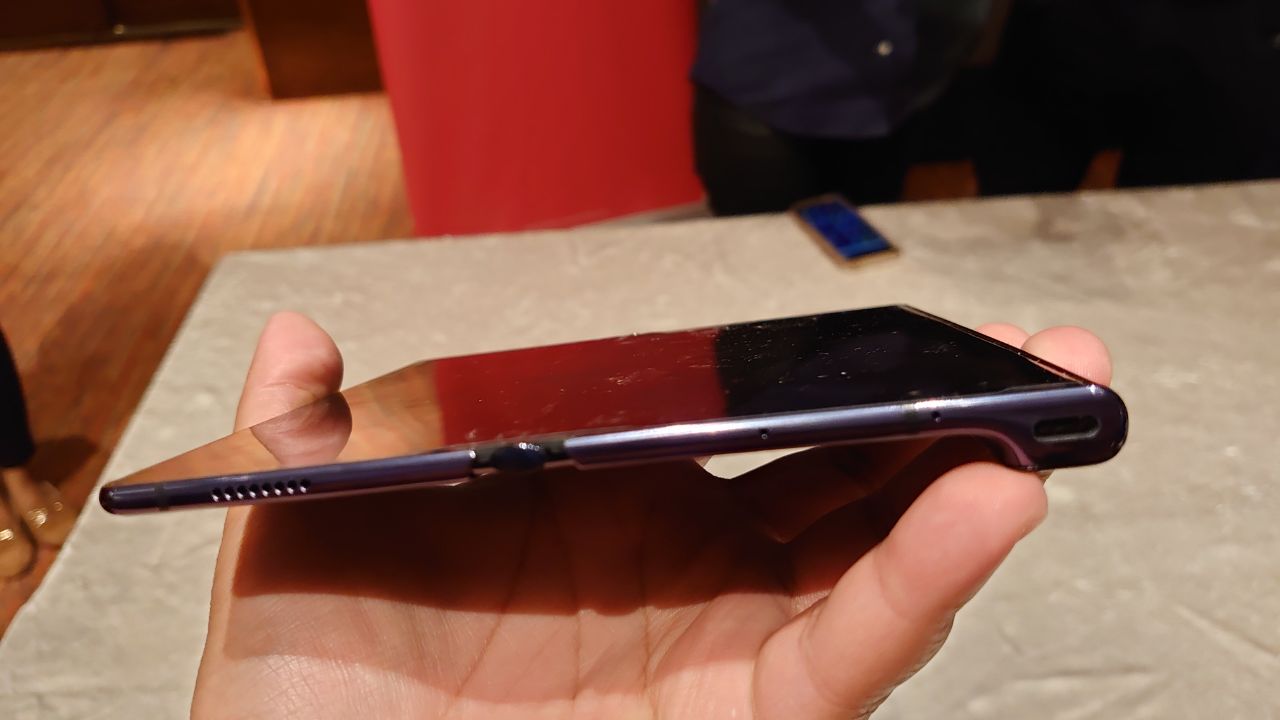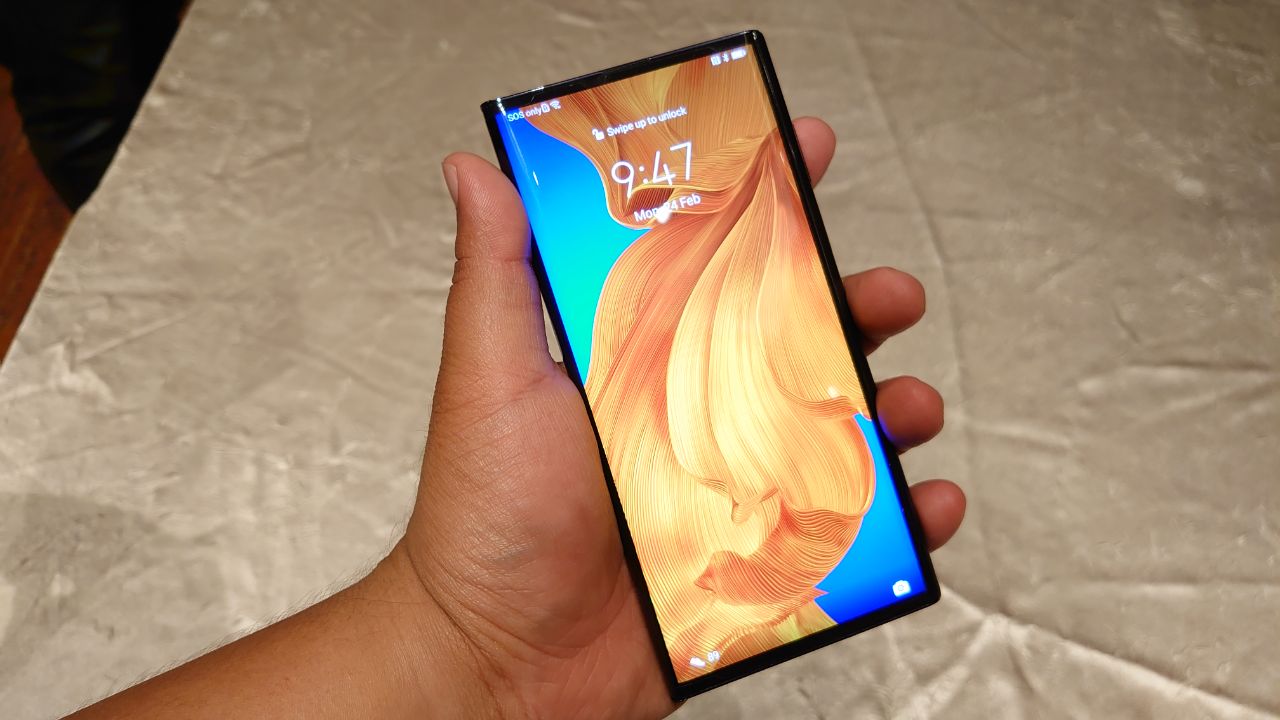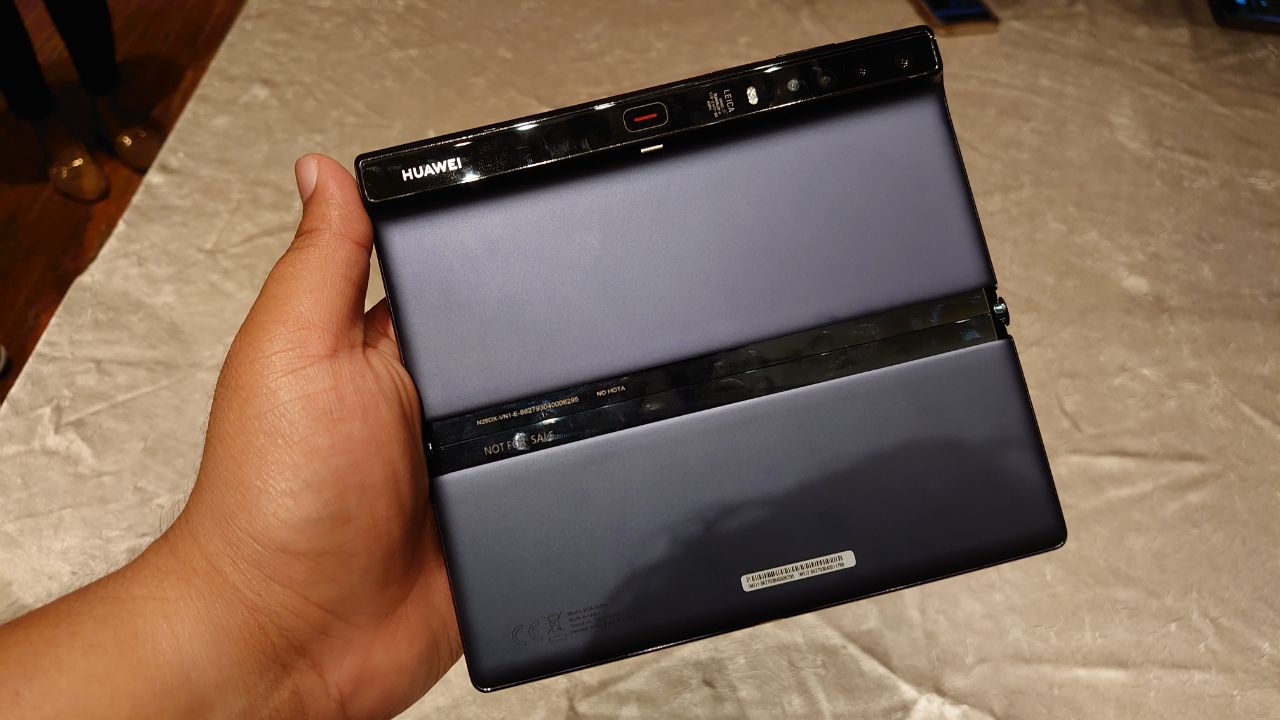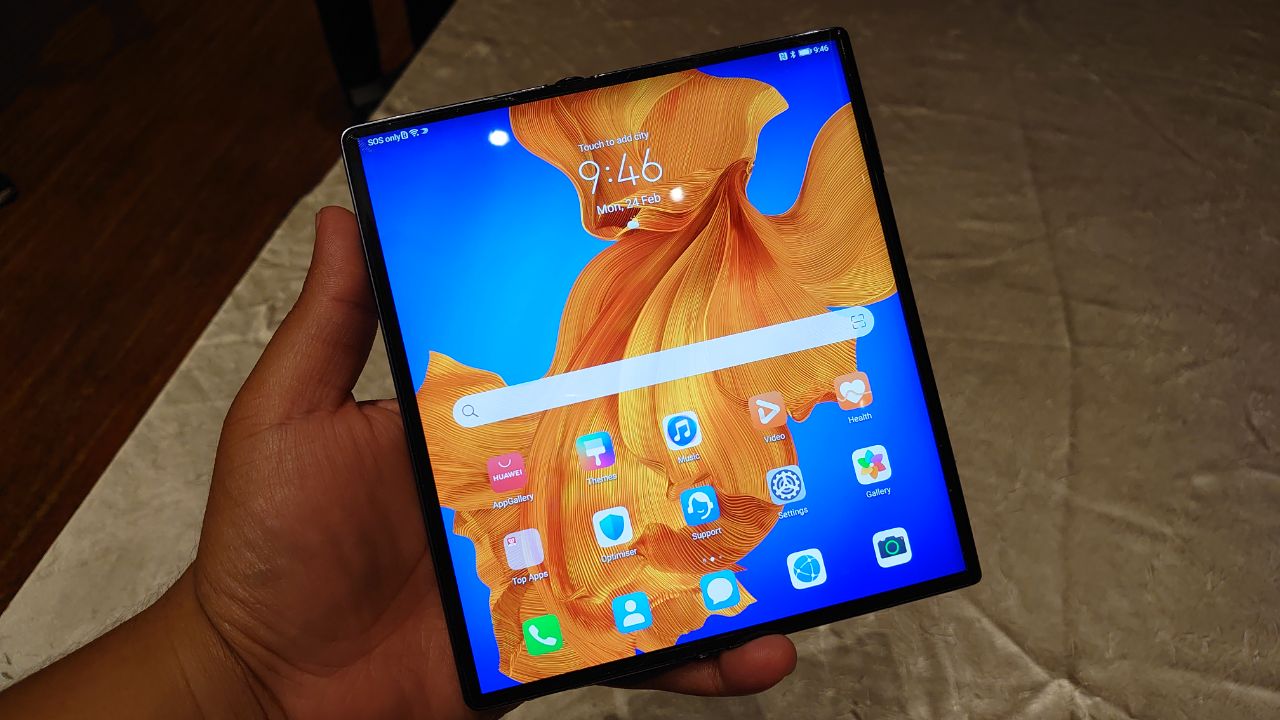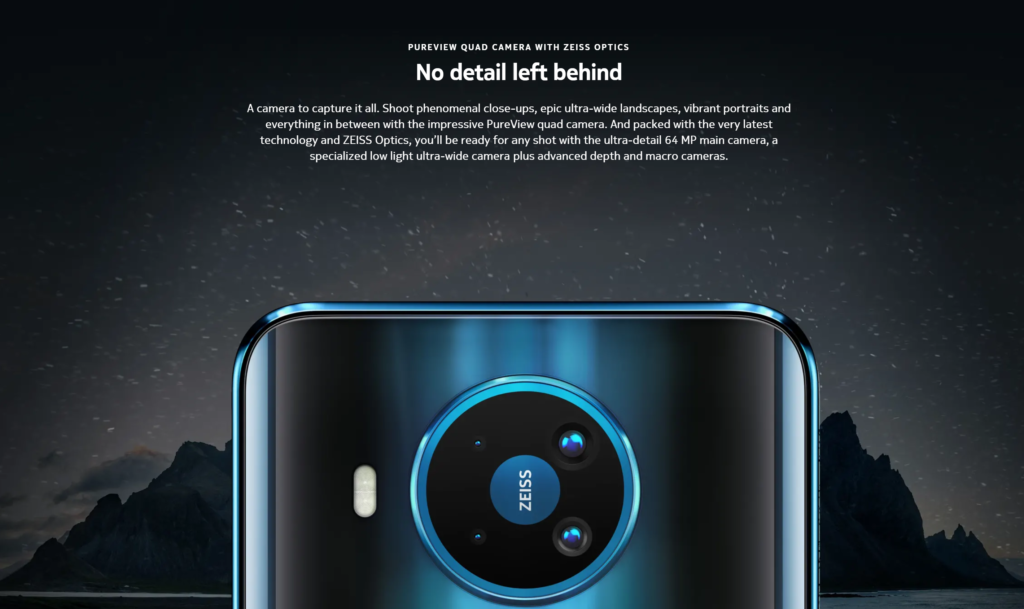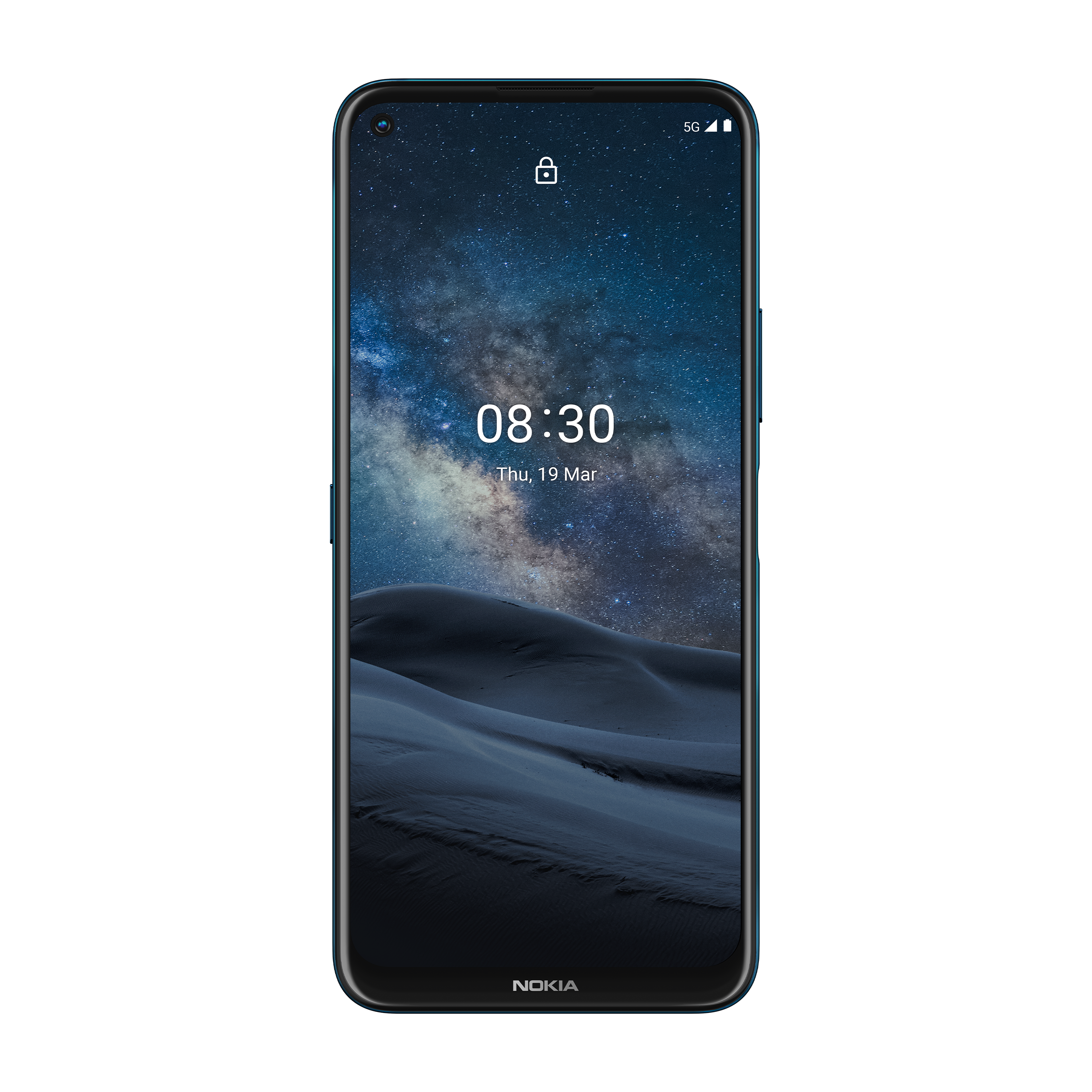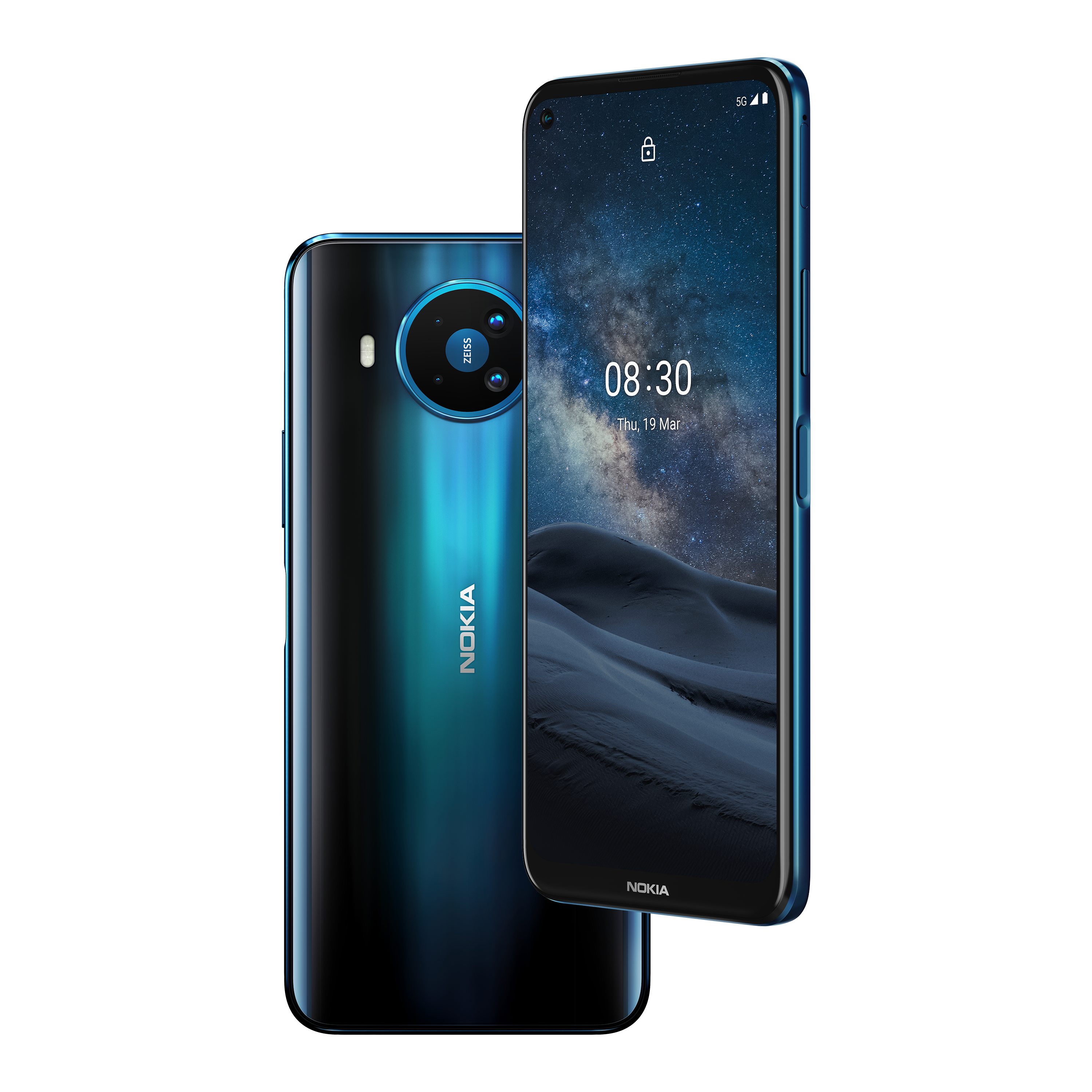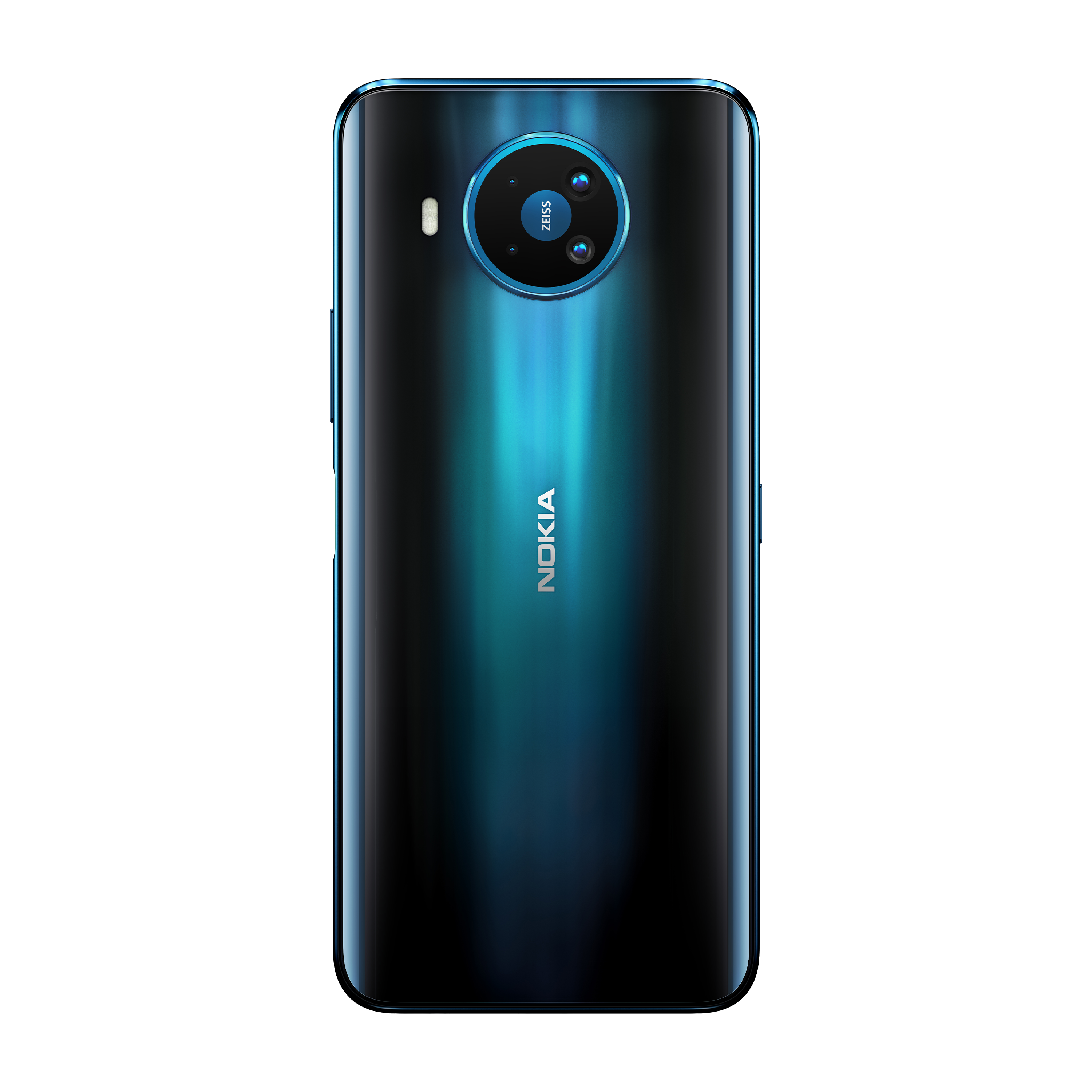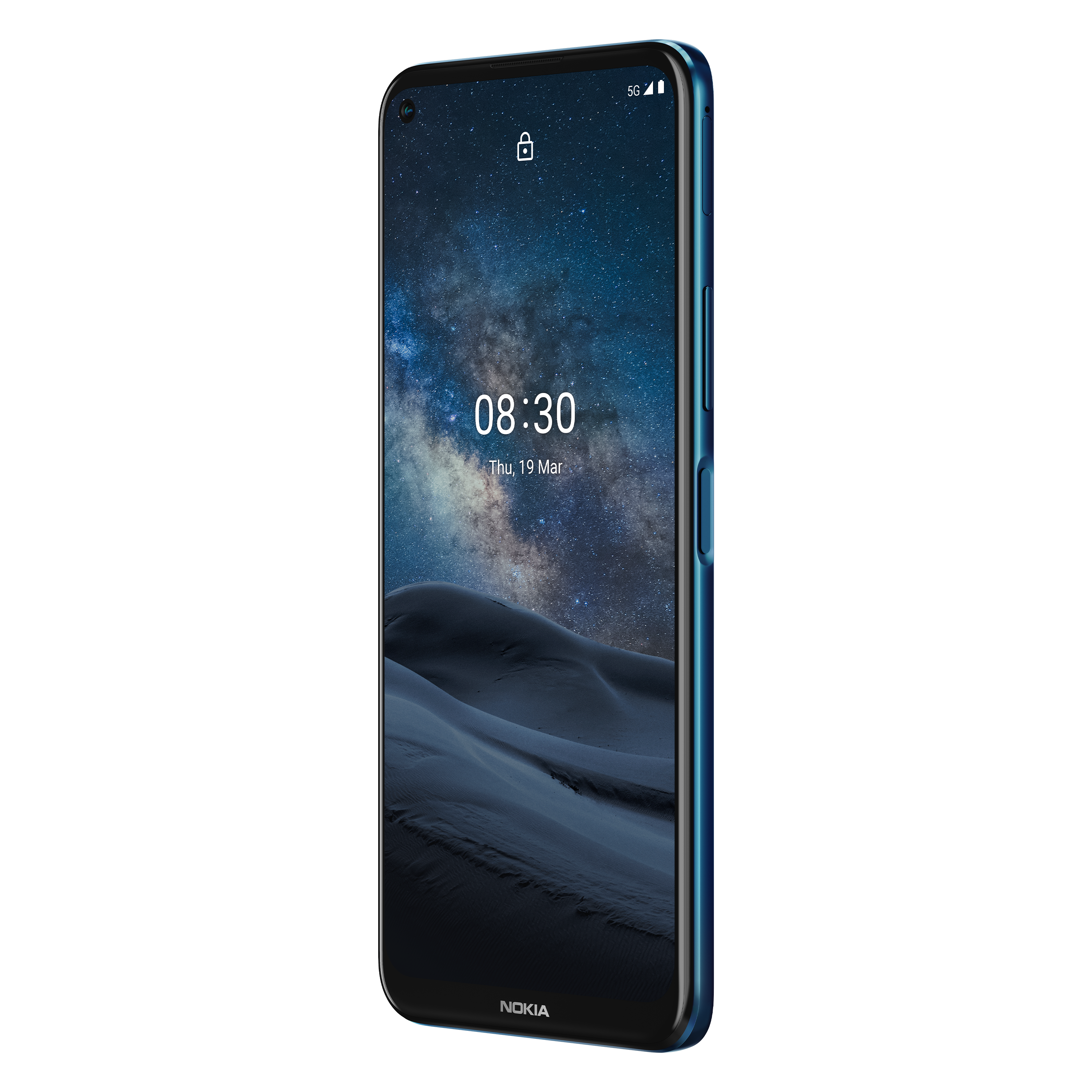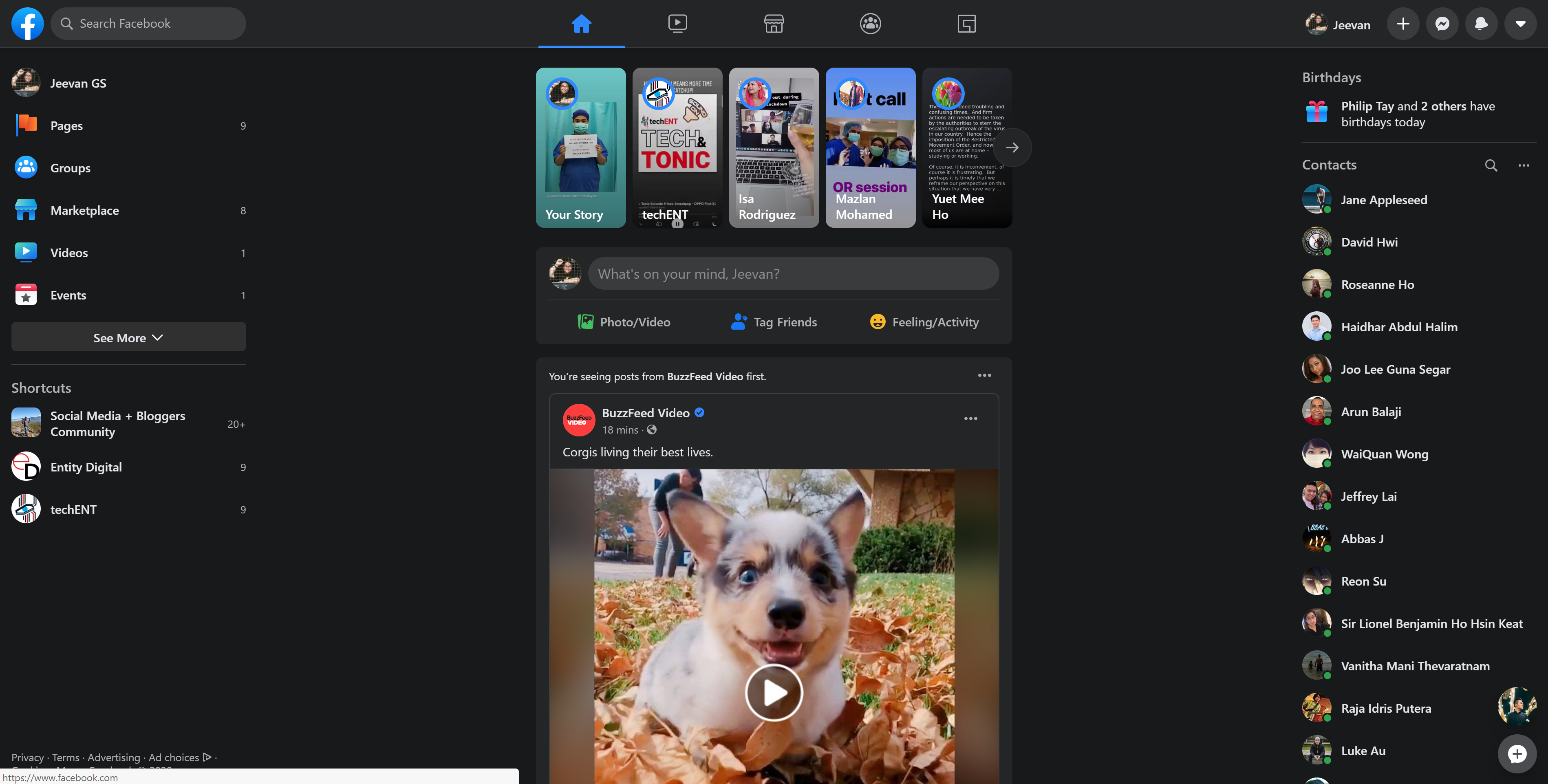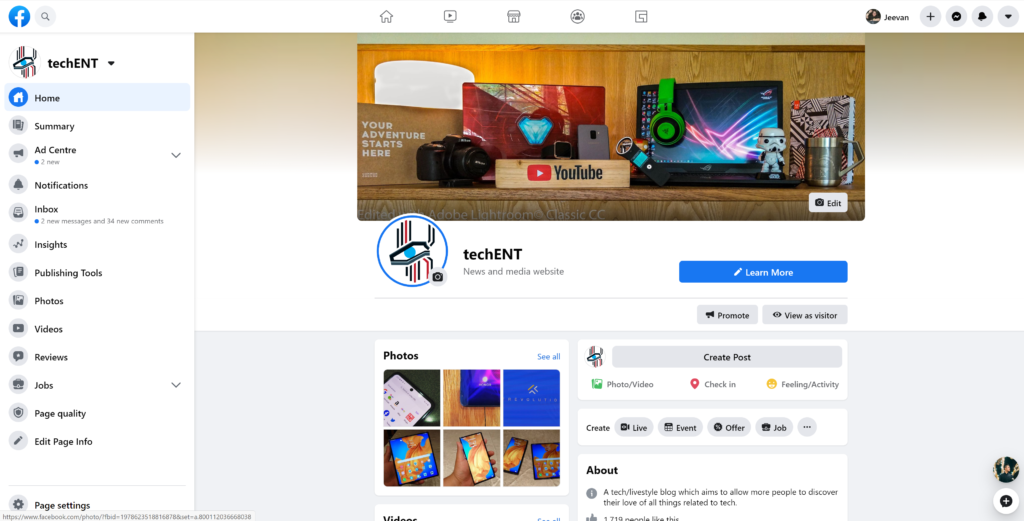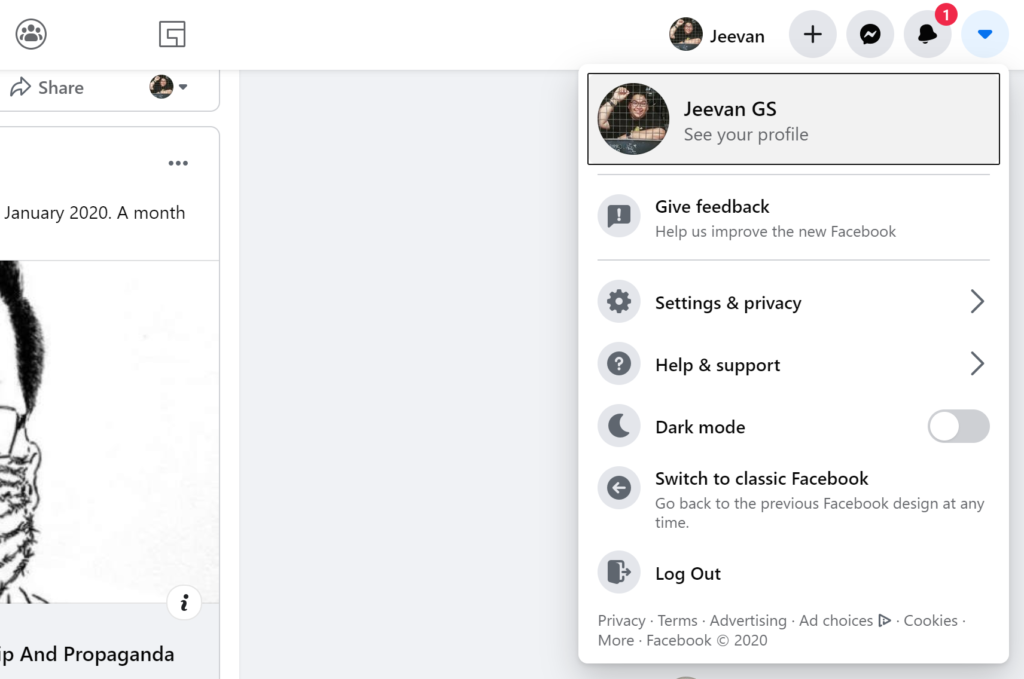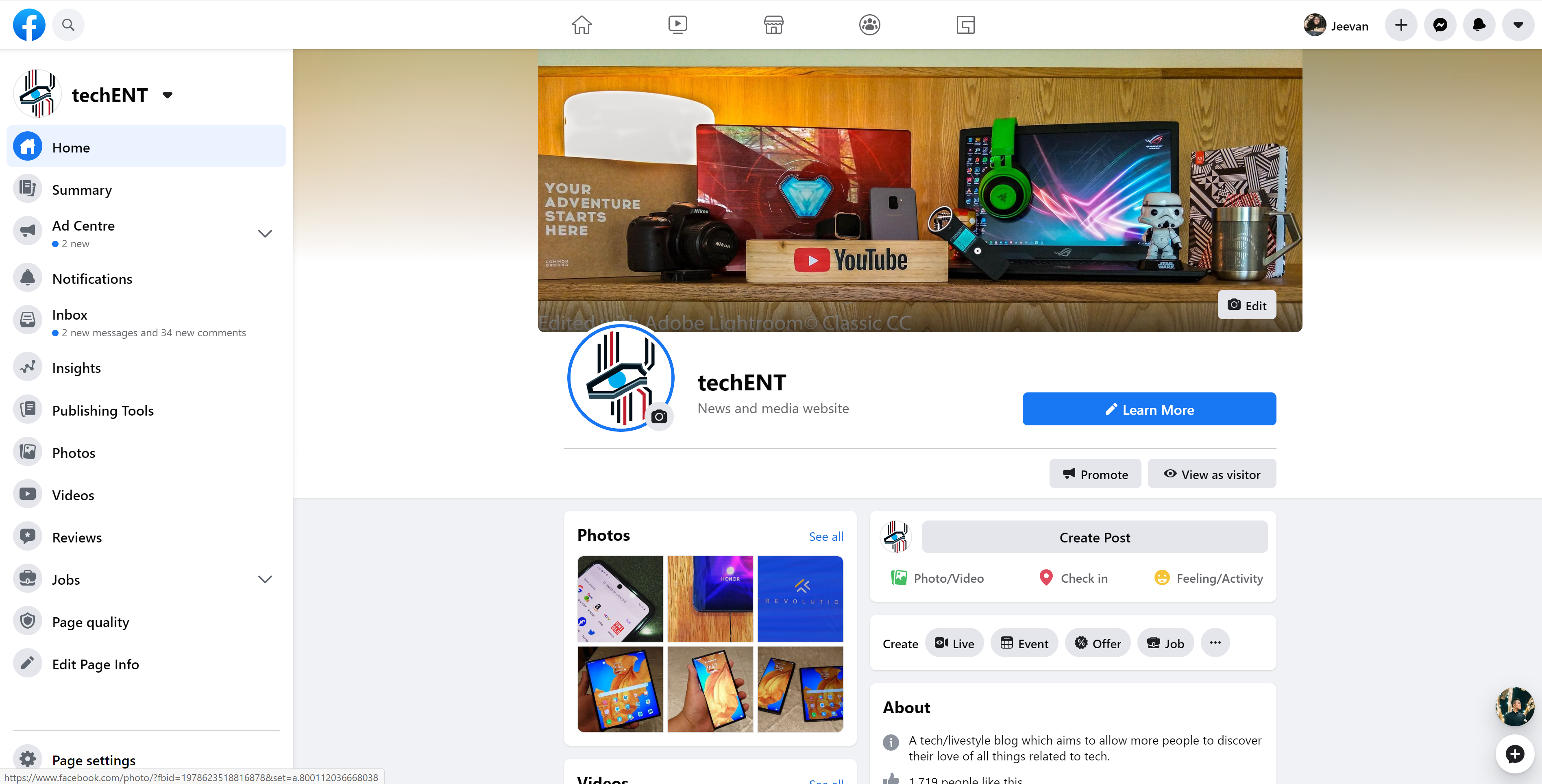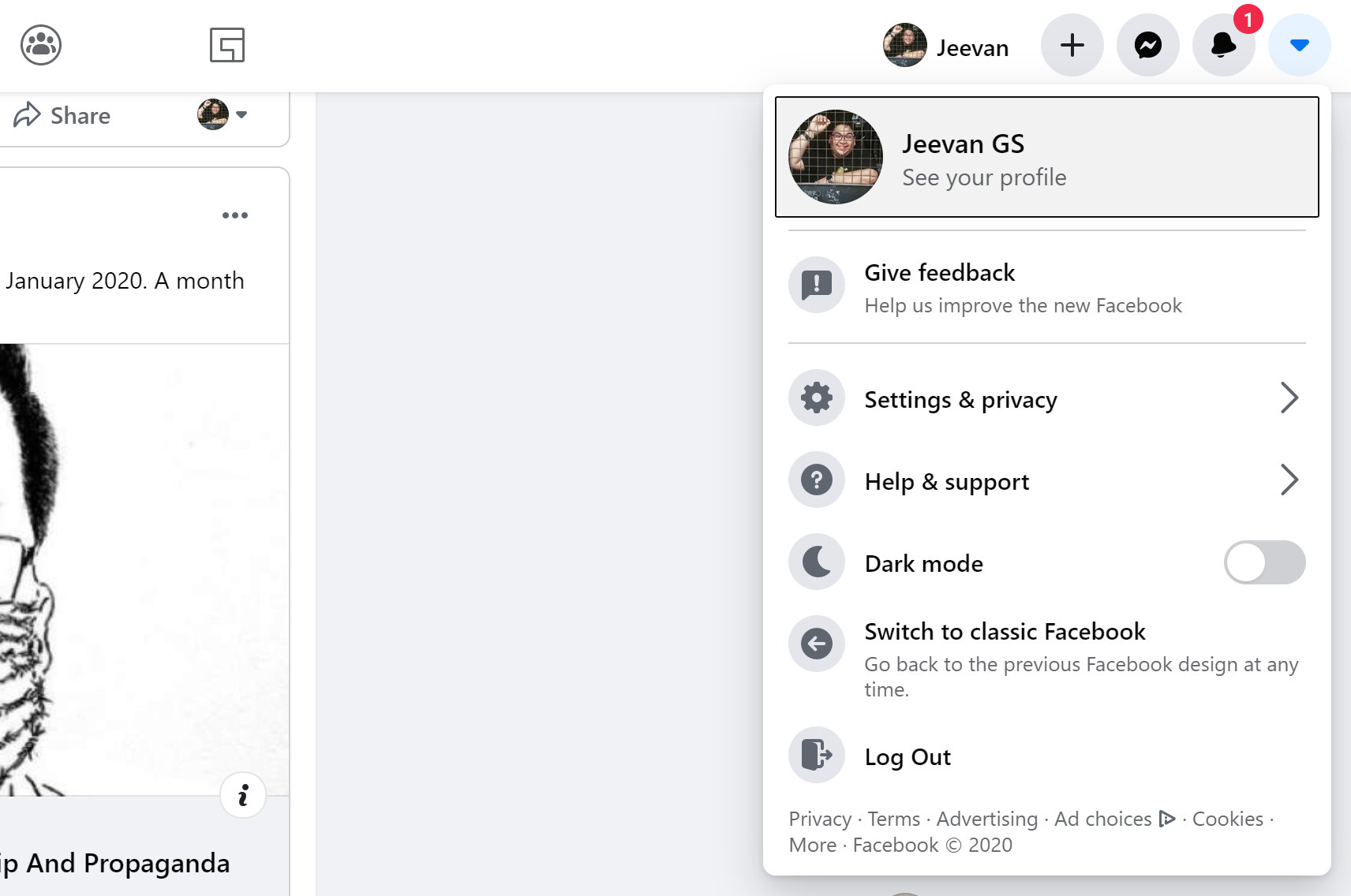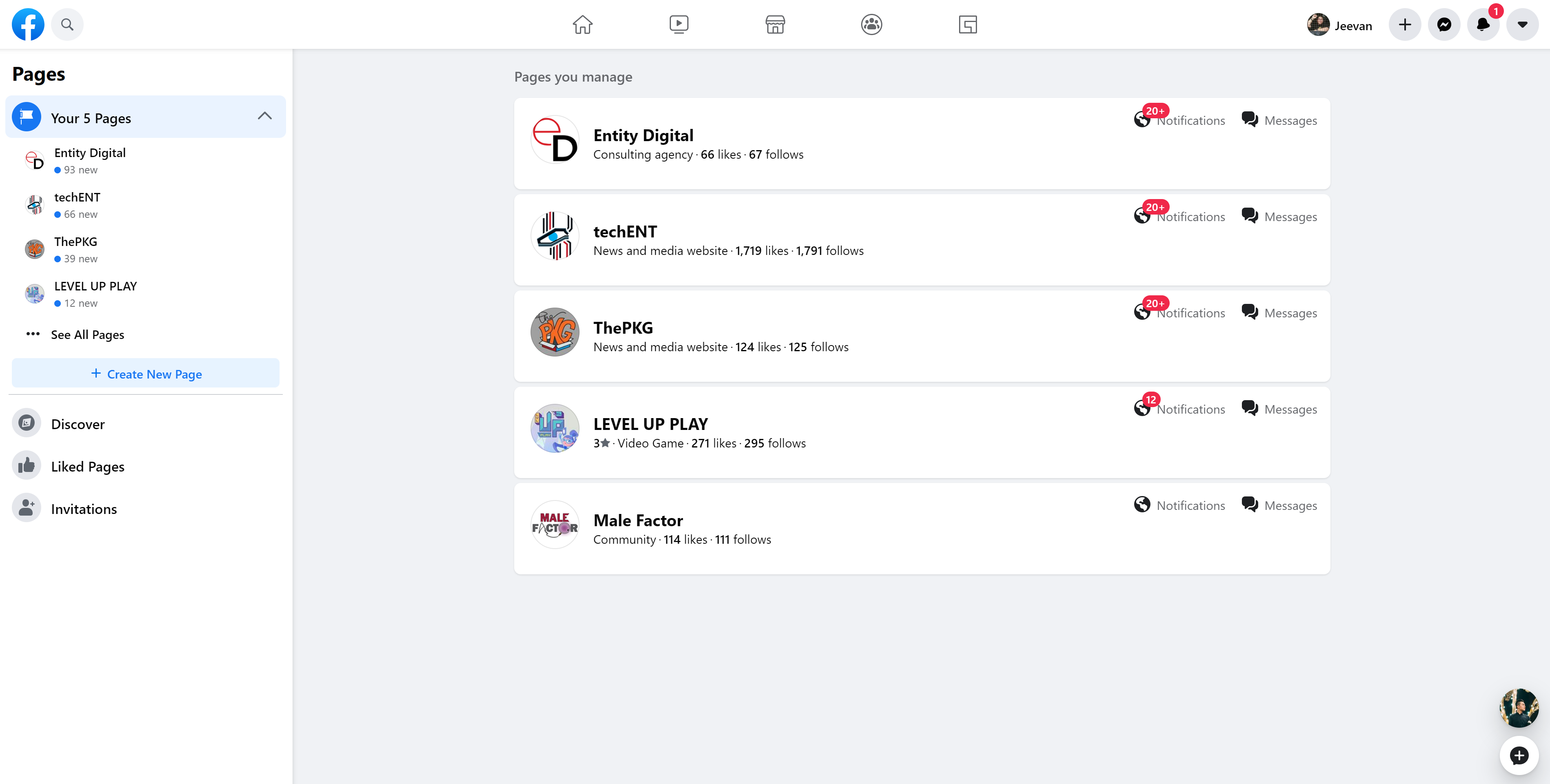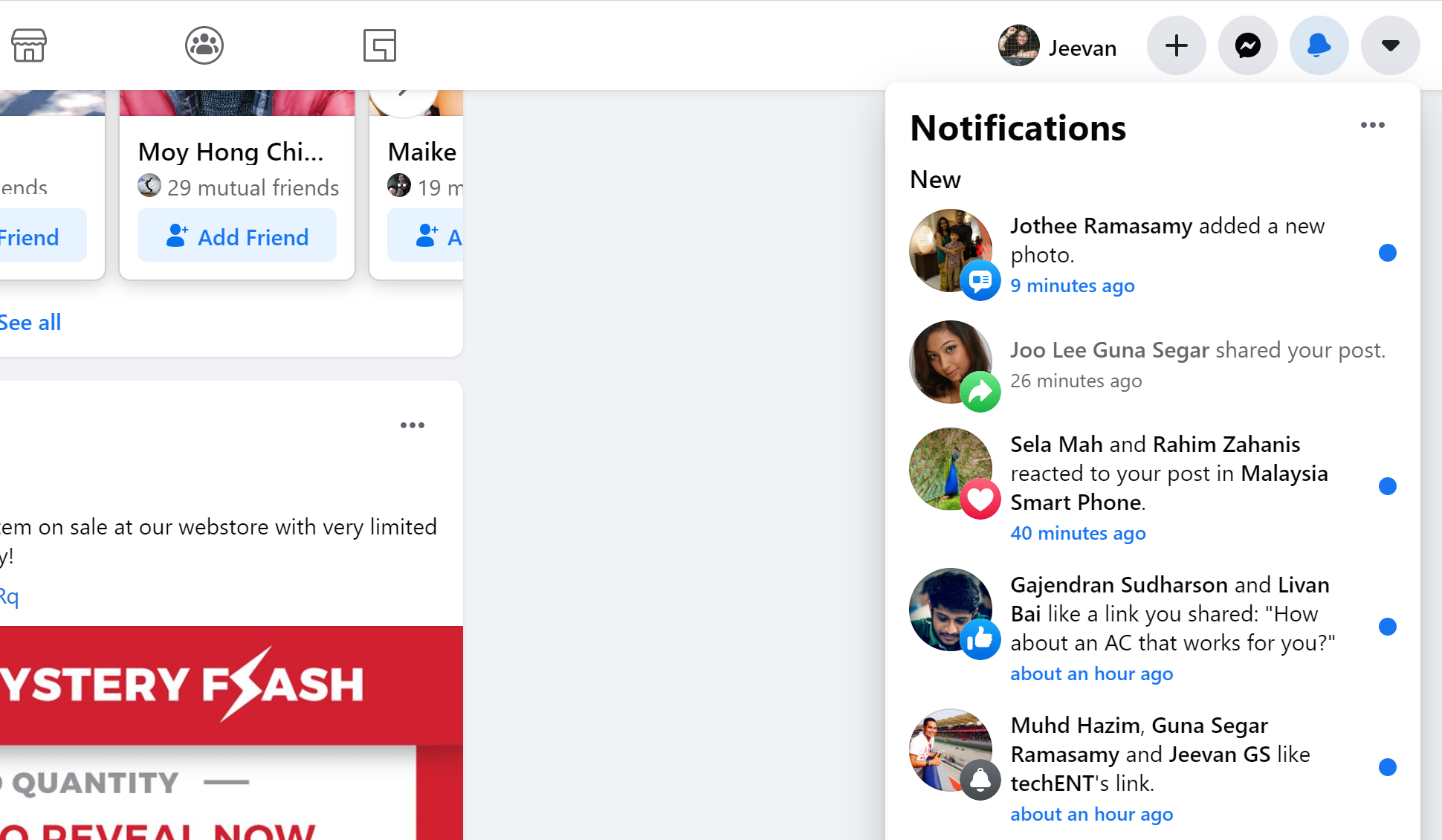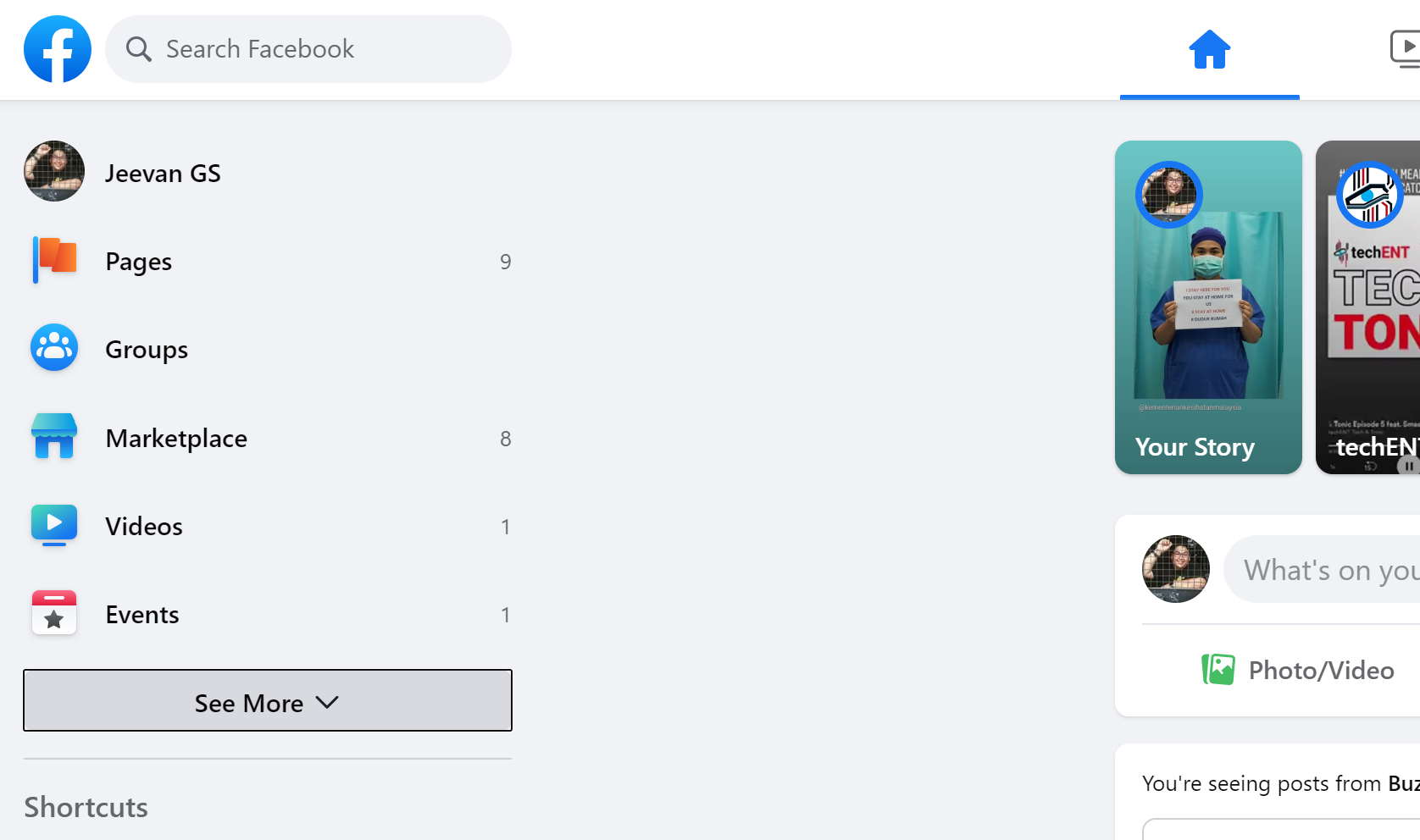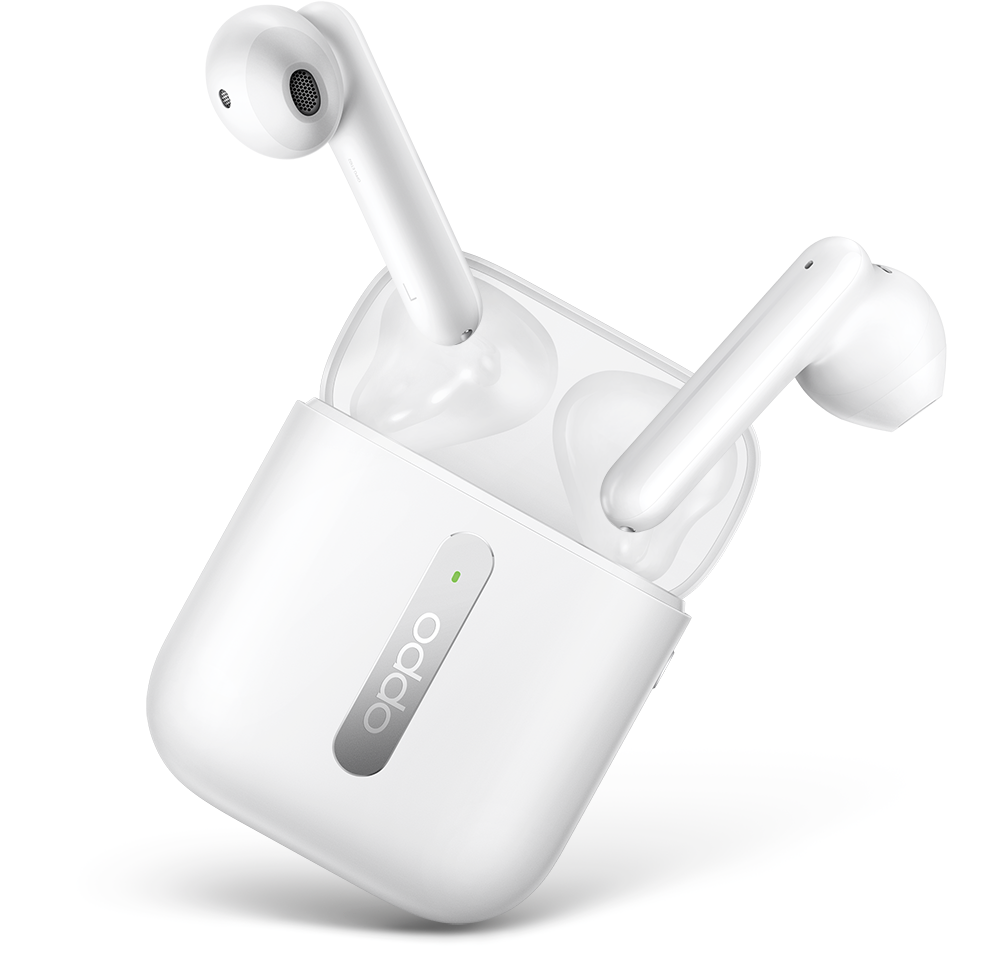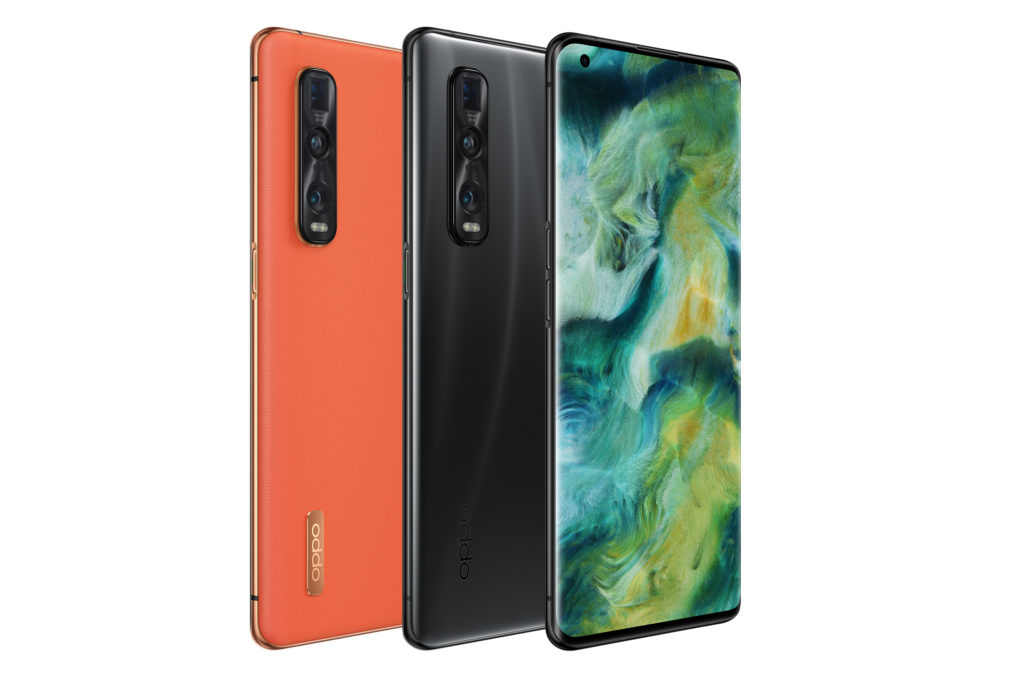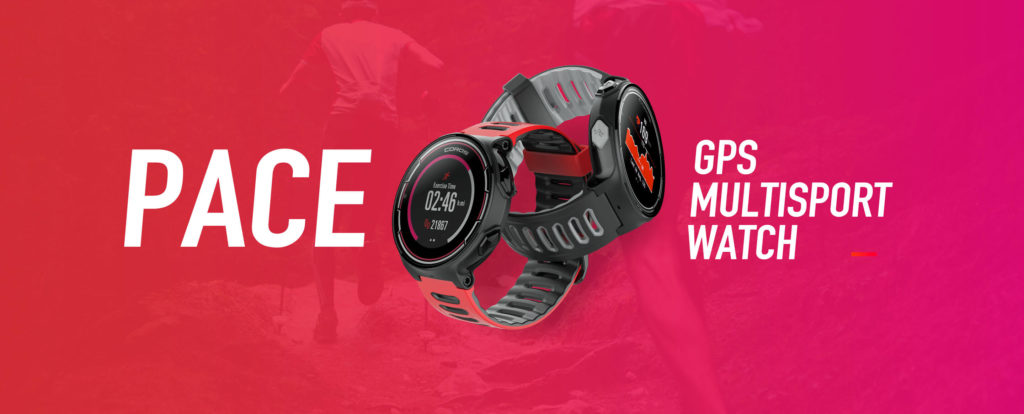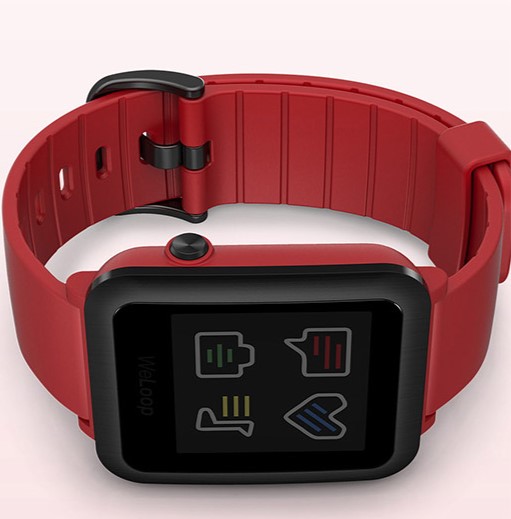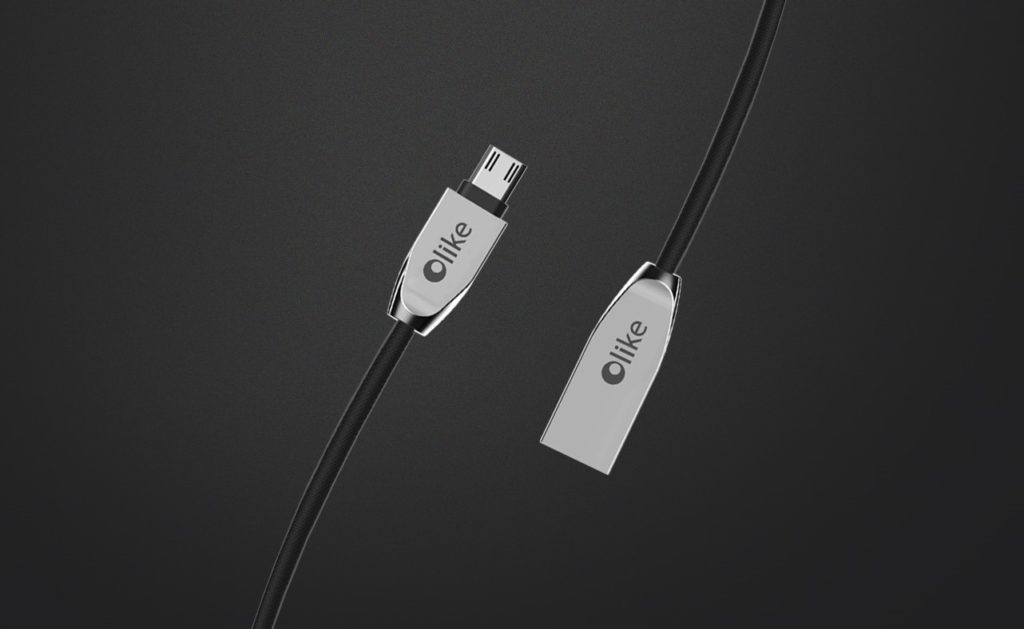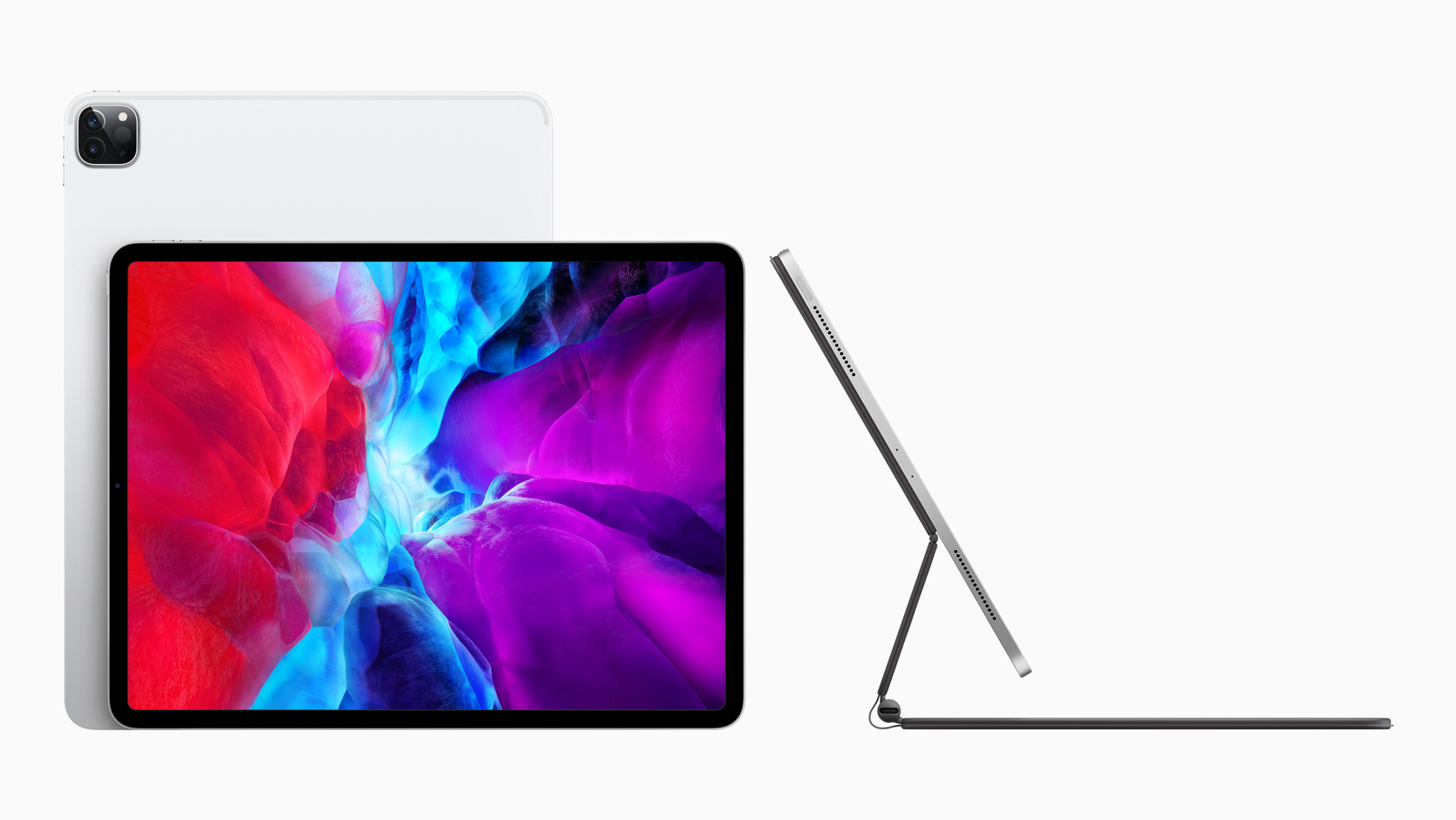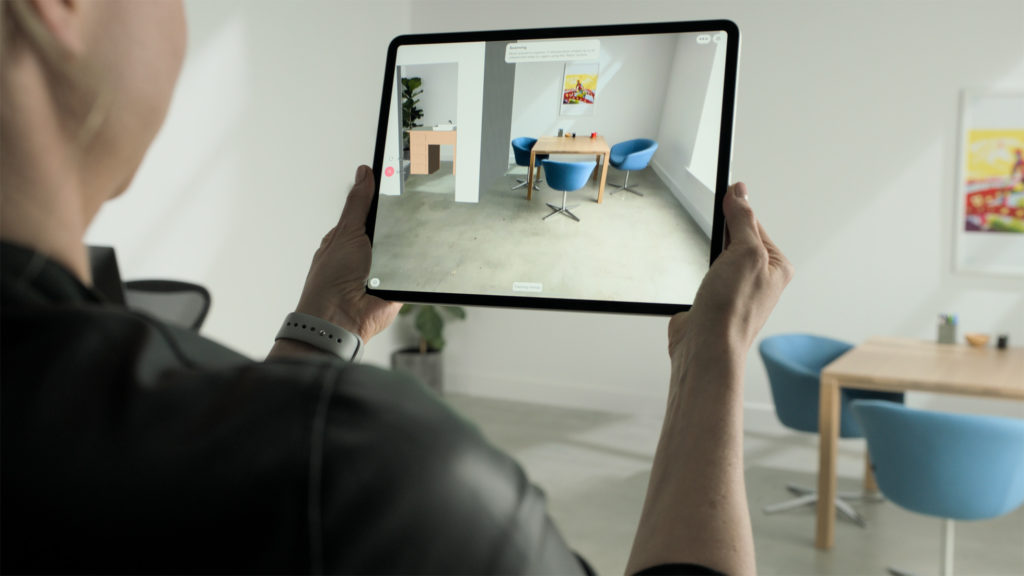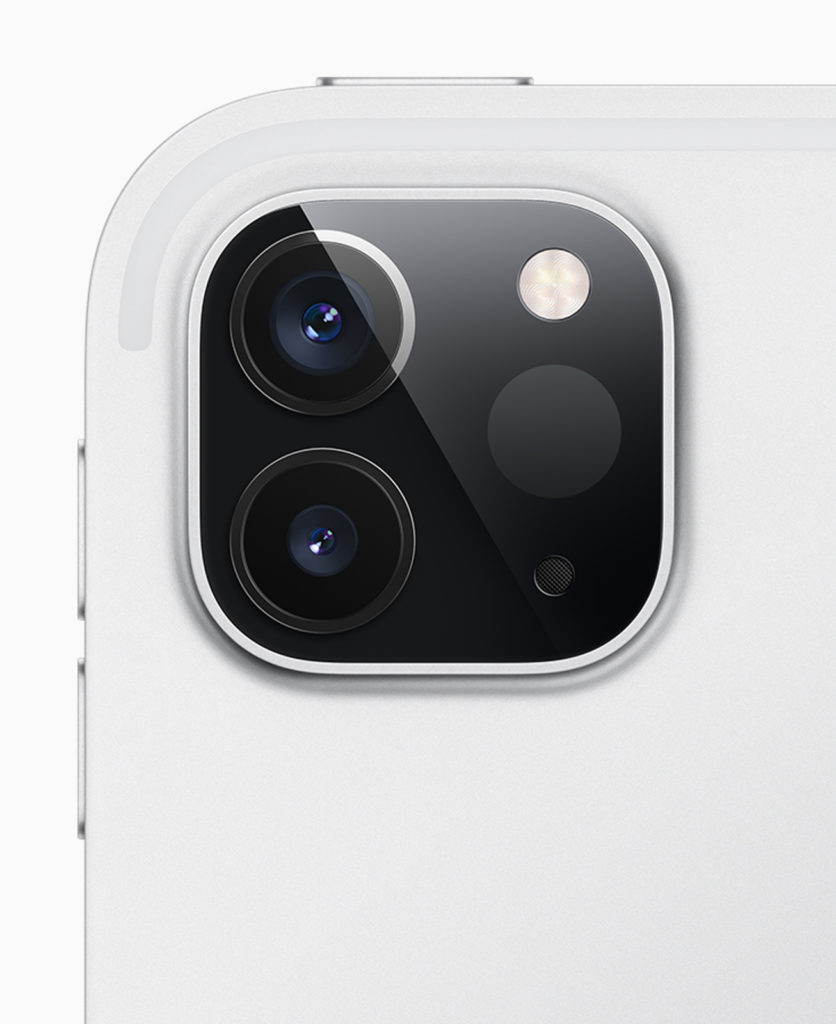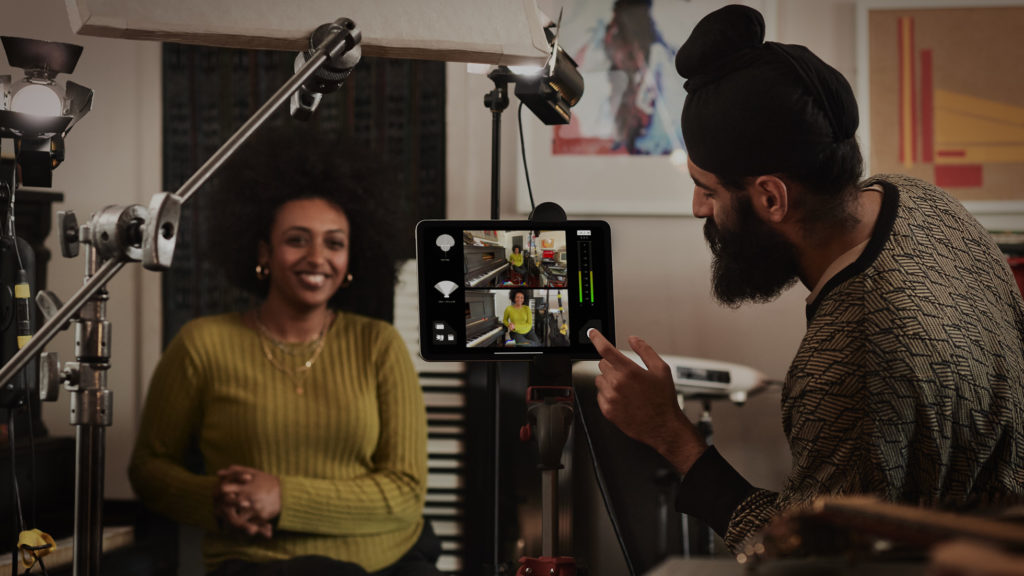If you go out into the smartphone market right now, you would be spoiled for choice. You have not even set a budget. So let us say that you have a budget of MYR 1,000 for a smartphone. That part of the market, while not as filled as the mid-range market from MYR 1,000 – MYR 3,000 market range, is still quite a crowd.
You get plenty of offerings from most of the Chinese brands. They are not some brands you never heard of too. They are reputable brands that have been in the market for some time now, with proven products and strategy. You have brand names like OPPO, who have started making great flagships like their OPPO Find X2 series. You have Xiaomi who had innovated with their Mi Mix Alpha wraparound display. You have HONOR and HUAWEI who made headlines with their own flagships too.
The point is, they make smartphones that sells at below MYR 1,000 as well; and they are not half bad products at that price. You still get the latest Android, the latest hardware to work with, not the most high-end of stuff; but you get the picture. It is a tough market to be in.
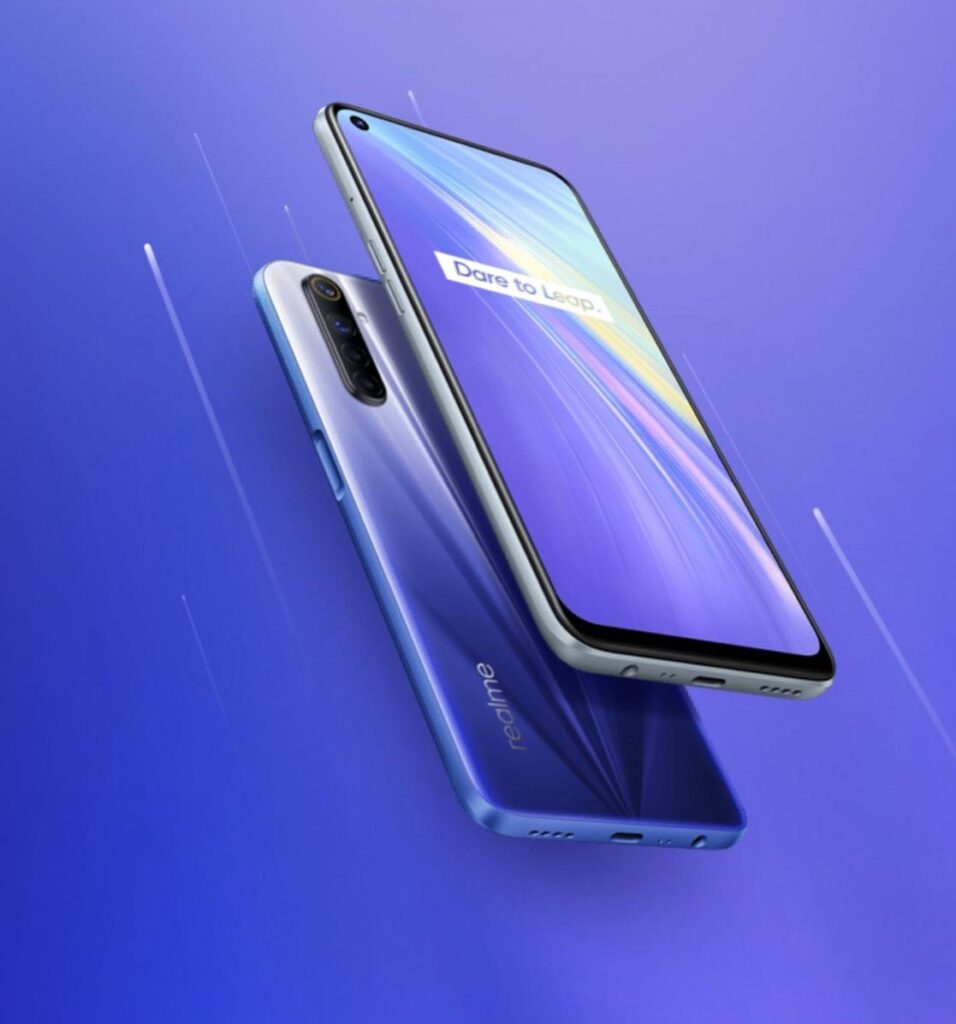
That is where the Realme brand shines though. They make budget friendly devices at great prices. Their latest offering just resonates that quality of theirs. The Realme 6 that was just launched in Malaysia a few days ago.
The Reame 6 is not some kind of revolutionary product that completely changes Realme’s range of smartphones. It is to replace the Realme 5, yes; but it is more like an evolution that a revolution.
The display, for example is not that big of a step up in terms of size. At 6.5-inch, it is still the same size with the Realme 5. The notch that was on the Realme 5 is now a punch-hole on the top-left corner of the display. The resolution is also bumped up to Full HD+ instead of HD+. You also get 90Hz refresh rate with the display, and 12Hz sampling rate. Then again, 90Hz is becoming a norm these days.
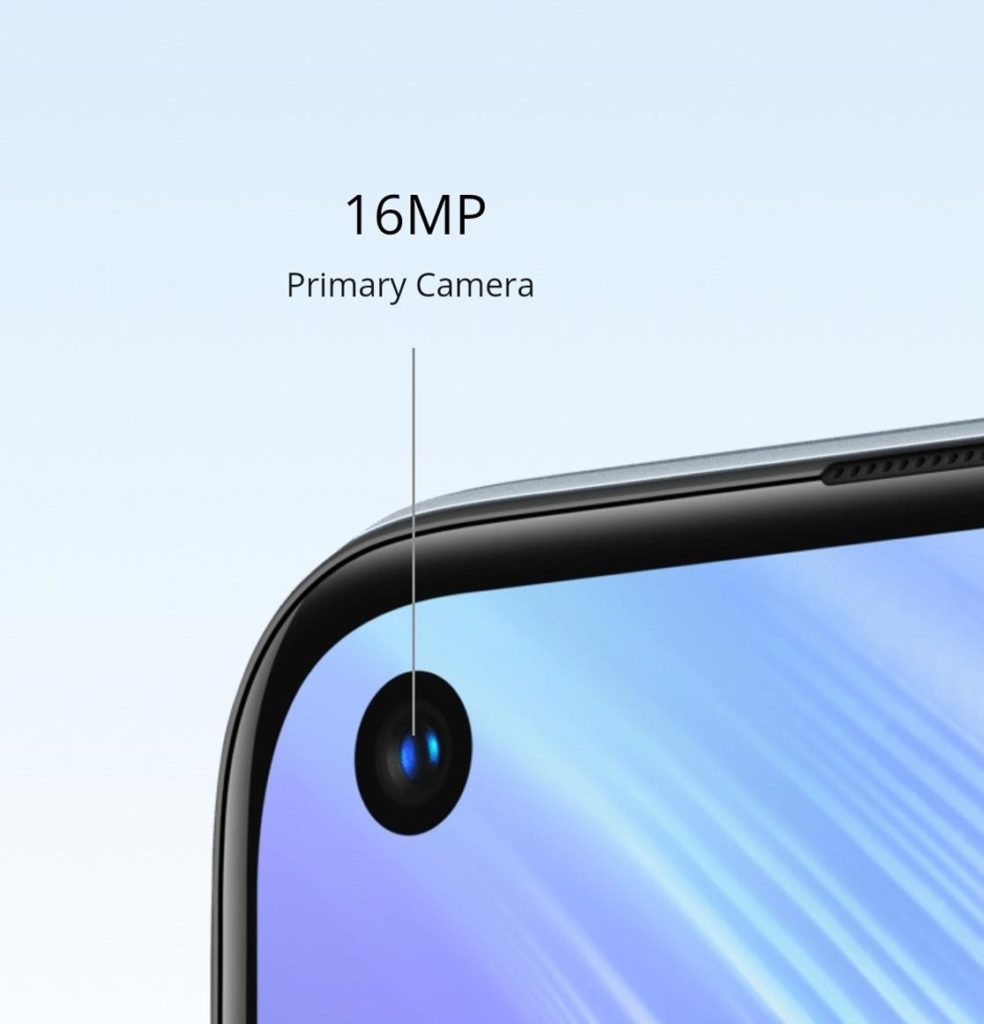
The upgrades do not just end there though. It is throughout the whole device. The device is packing improved power too thanks to the MediaTek MT6785 Helio G90T Octa-core system on a chip (SoC). They tout it as a gaming class processor, like almost everything else in the market. It does work well on games like PUBG Mobile and Mobile Legends though, as demonstrated in a livestream.
That Octa-core processor unit is helped by 4GB of RAM, which may not seem like a lot; but 4GB is more than enough most of the time on a smartphone. You are not getting shorthanded in your storage size though; 128GB in storage, in fact. You even get a MicroSD slot if you need to expand your storage size.

Out the back is still a quad-camera layout; no one is crazy enough to make an official appearance of a five-camera layout just yet. Instead of a 12-Megapixel shooter though, you get a bumped up 64-Megapixel main shooter. That is supported by an 8-Megapixel ultra-wide lens, a 2-Megapixel Macro lens, and a 2-Megapixel Black and White lens which also acts as a depth sensor. Out the front is a 16-Megapixel shooter, that is also a bump up from 13-Megapixel of the Realme 5. Of course, with the main shooter you can shoot videos t up to 4K resolution.
All this power is no use if you cannot bring it out of the house or leave your charger behind. It comes with a 30W fast charging capability on its 4,300 mAh battery. It is charged via a USB Type-C cable too, so there is that. On another plus side, it still has a 3.5mm jack so your old headphones are not obsolete.
The Realme 6 will be available 27th March 2020 onward on Realme’s online retail partners for MYR 999. The device will be available in two colours options – Comet White, and Comet Blue. In conjunction with Lazada’s birthday party sale, Realme will bring the price down on the 27th March 2020 to MYR 799, exclusively on Lazada Malaysia from 12.00 a.m. to 2.00 a.m. Of course, more information can be found on their website, or you can head to Lazada Malaysia to check it out.

